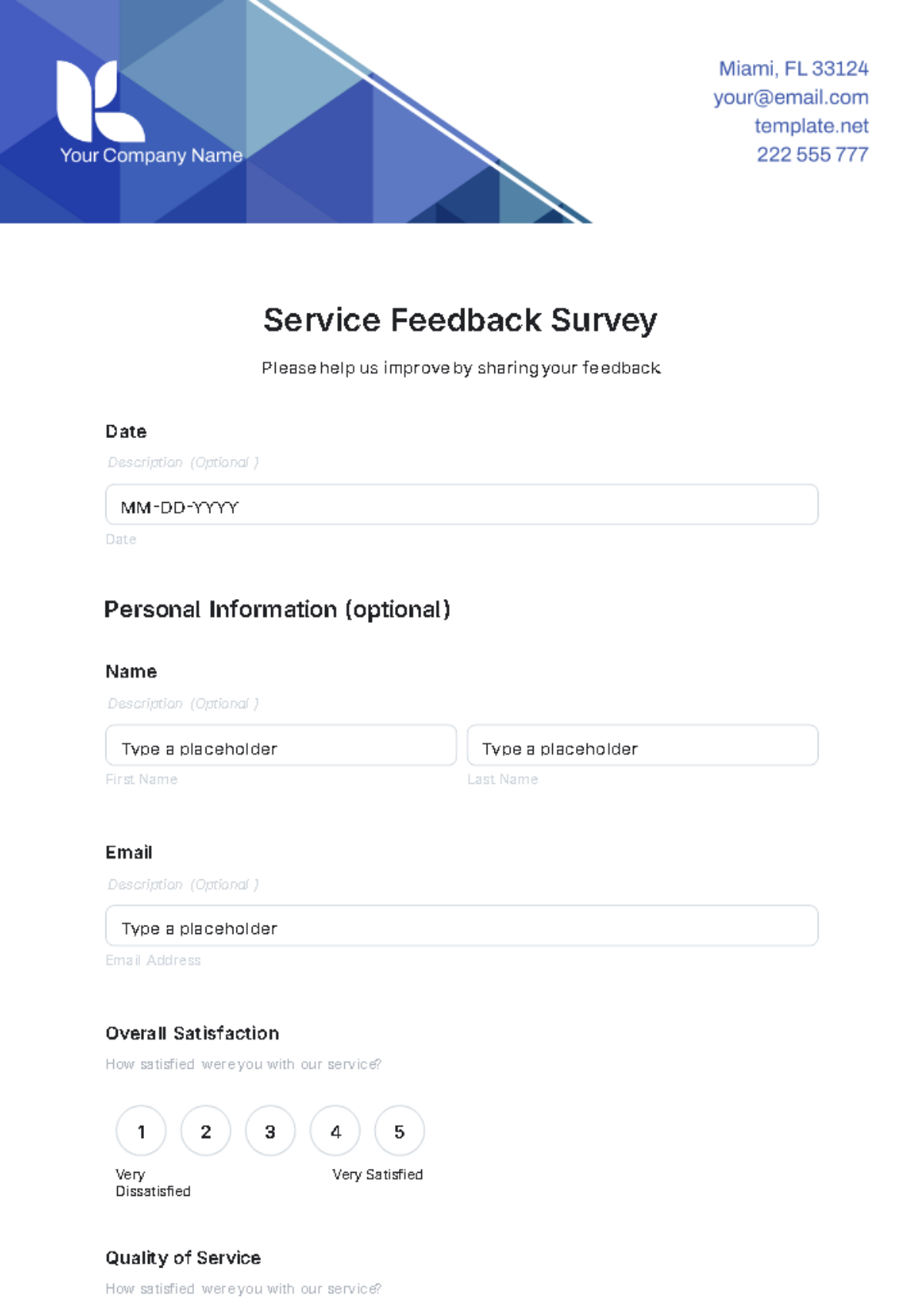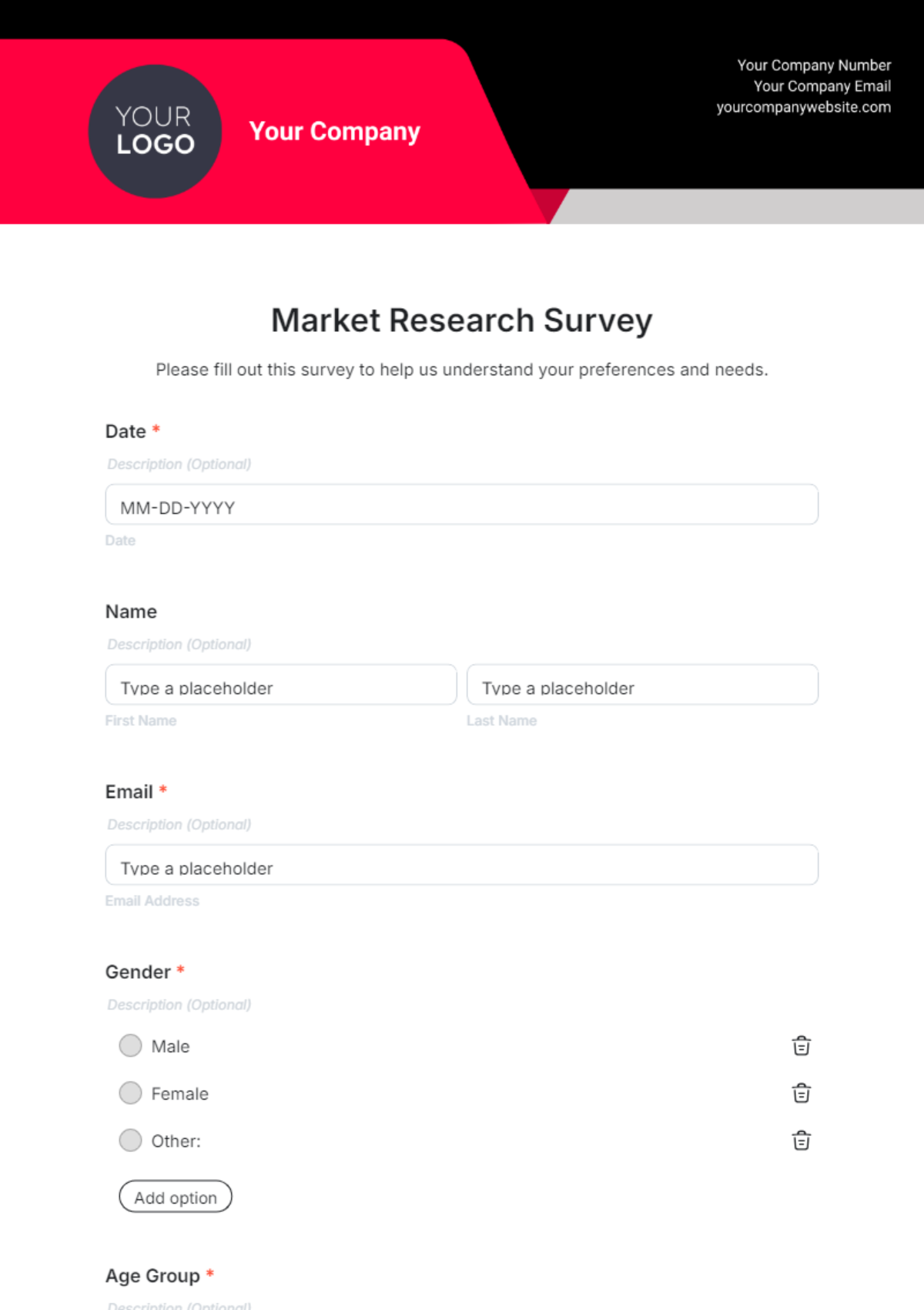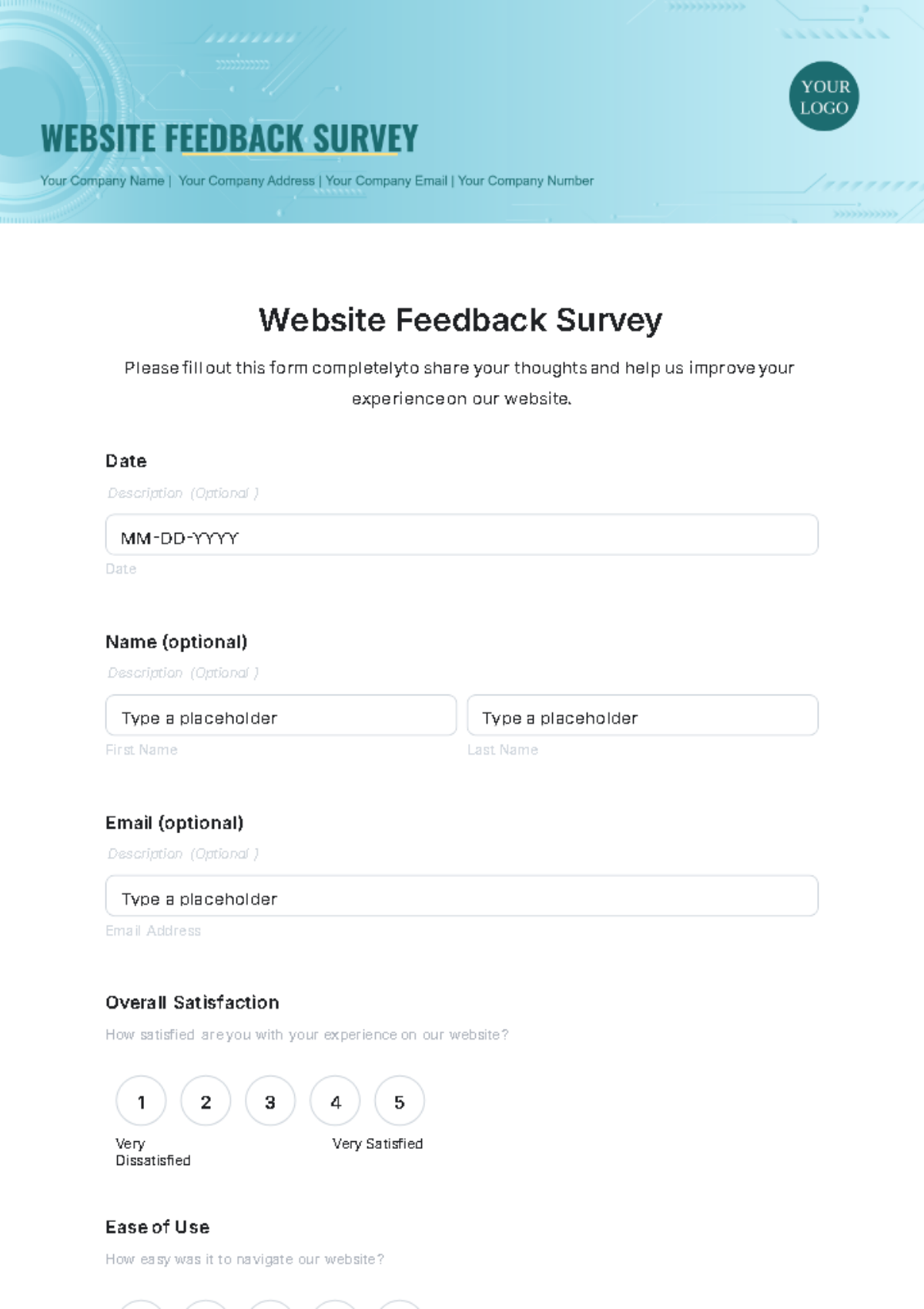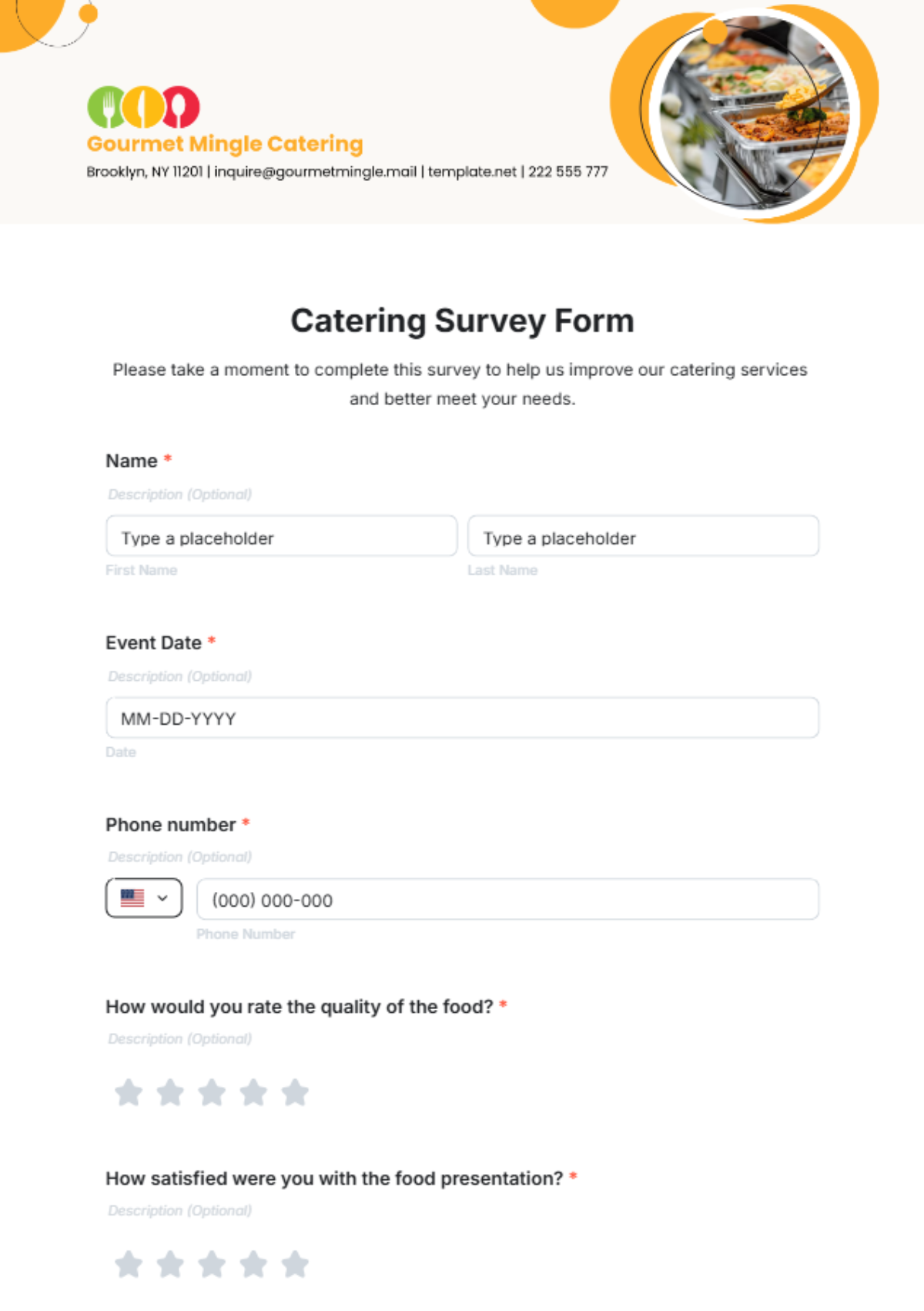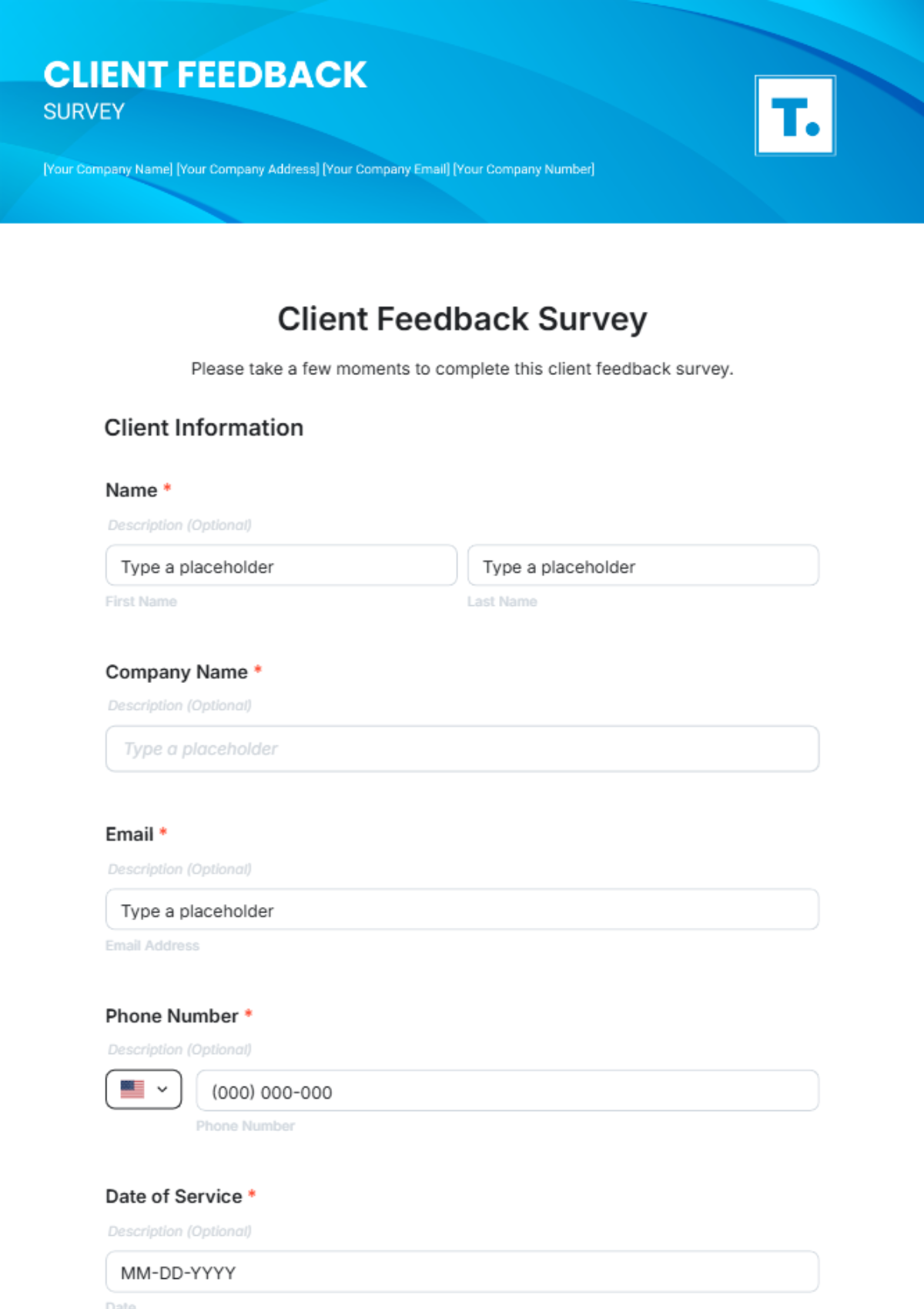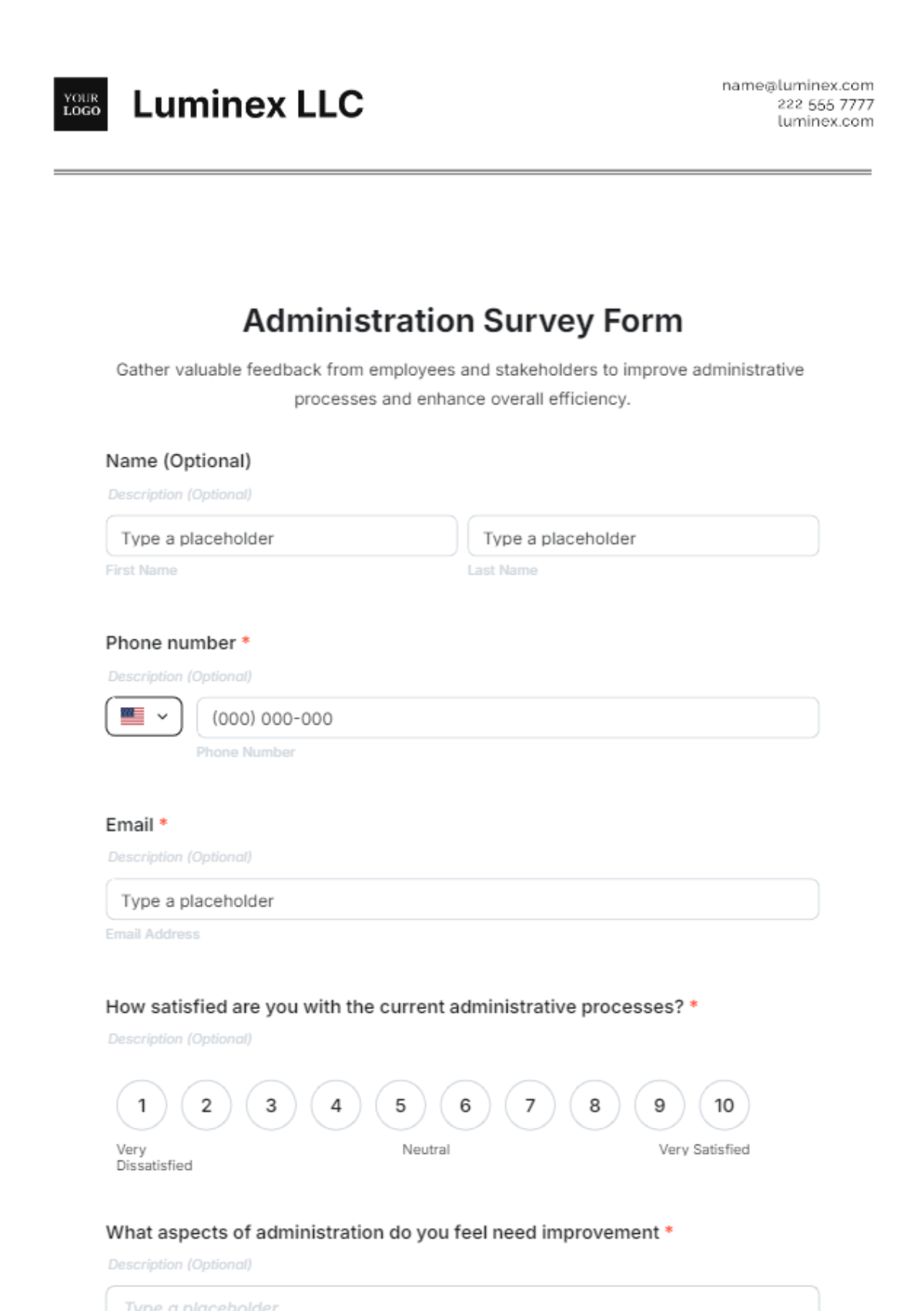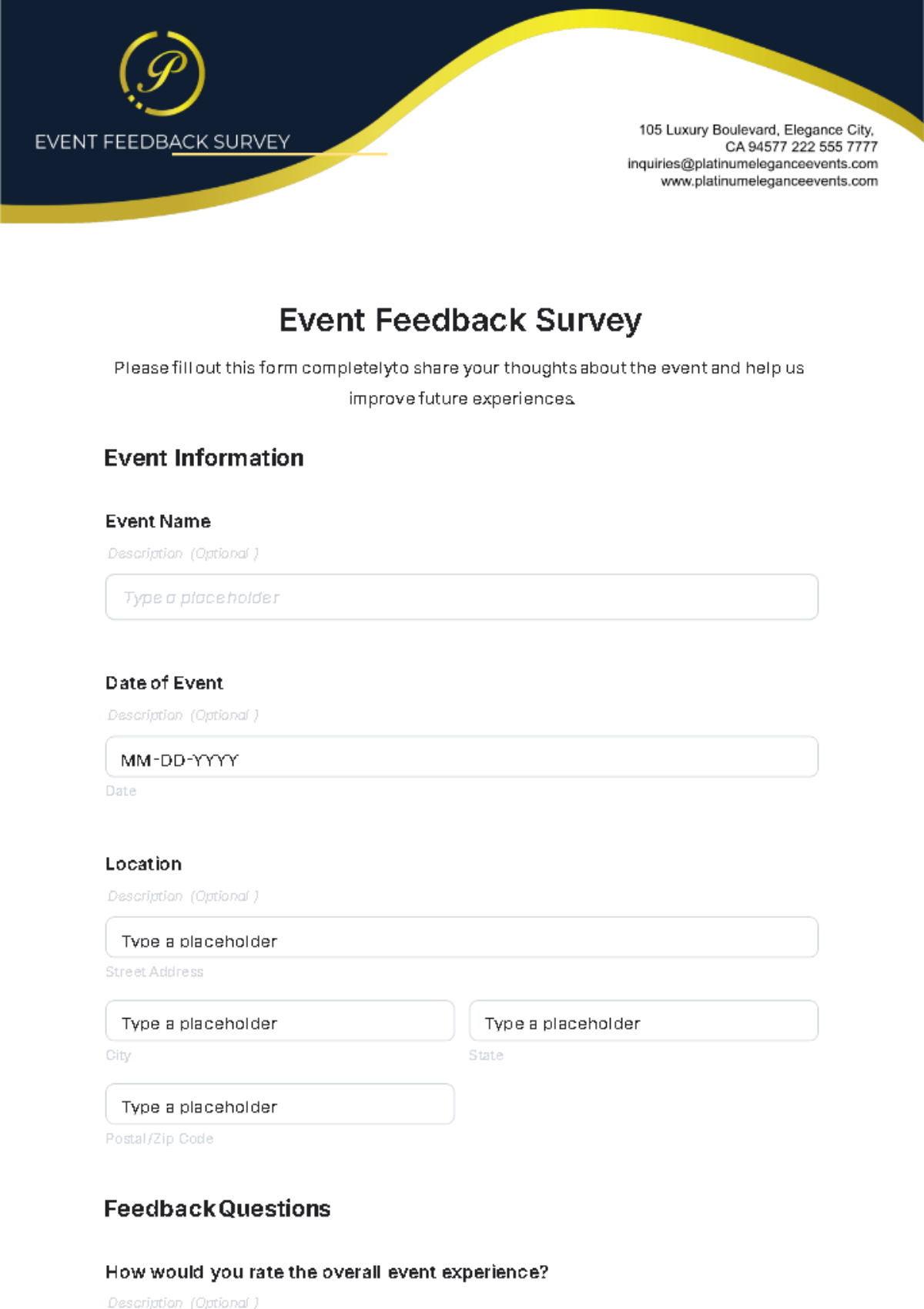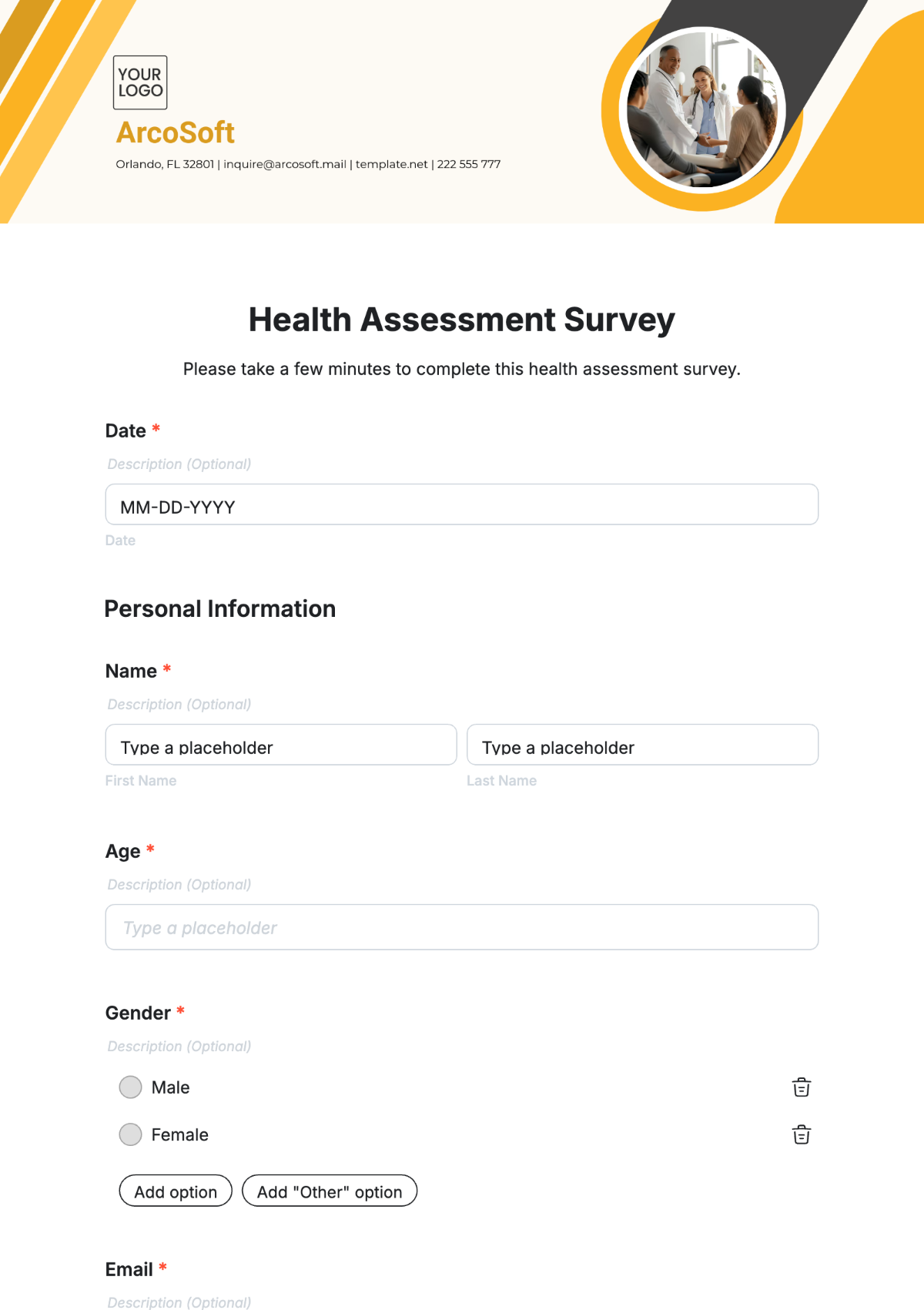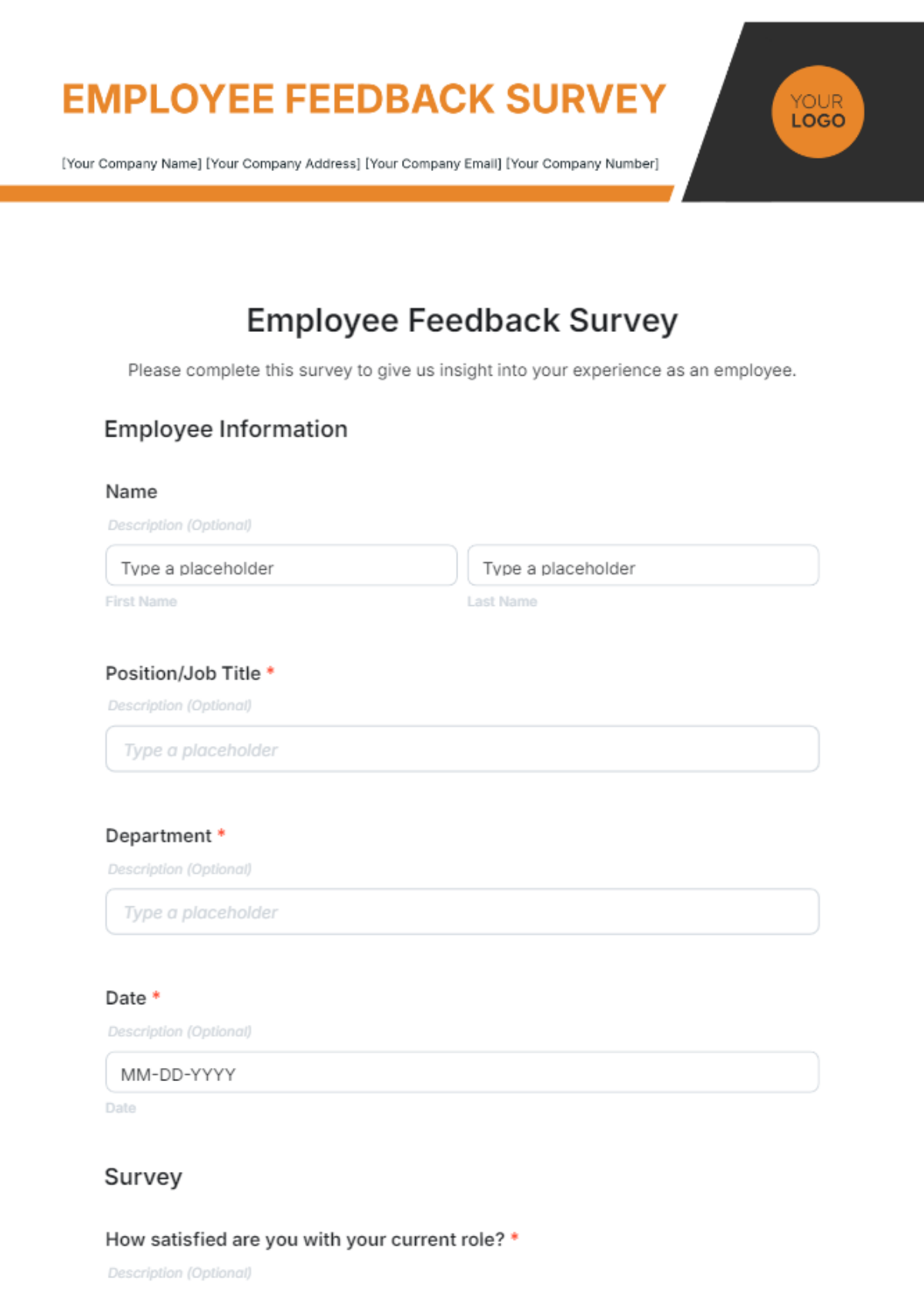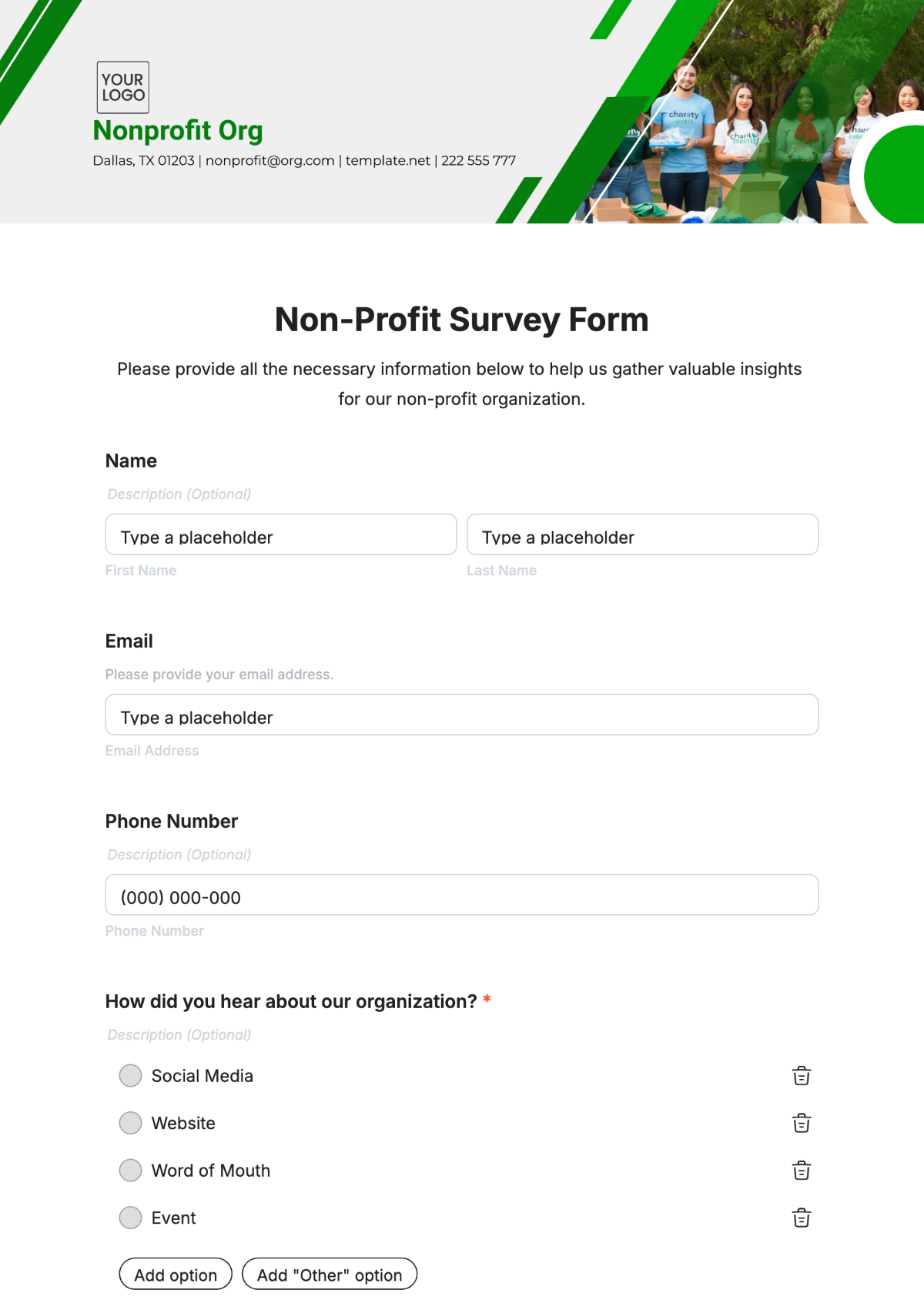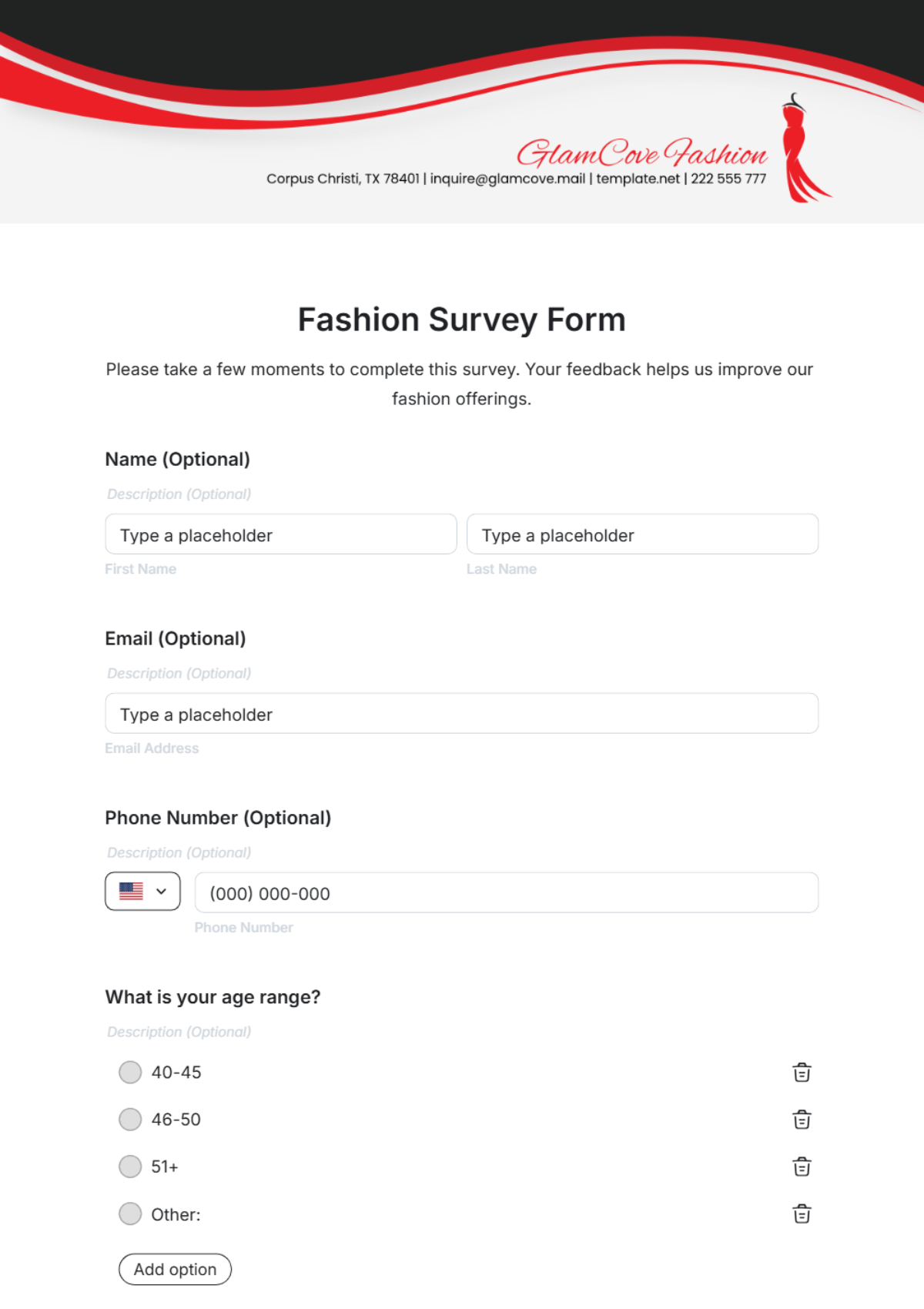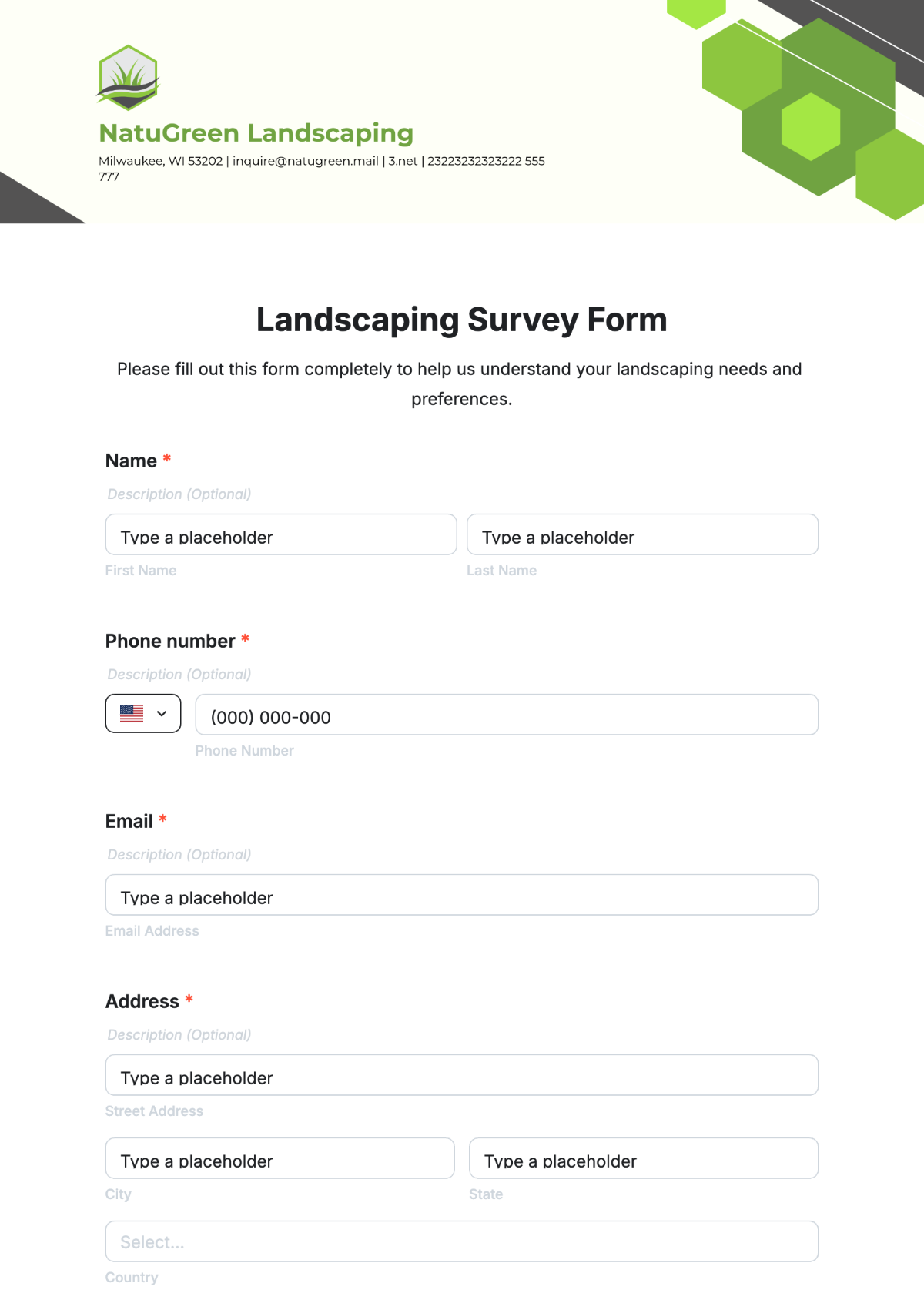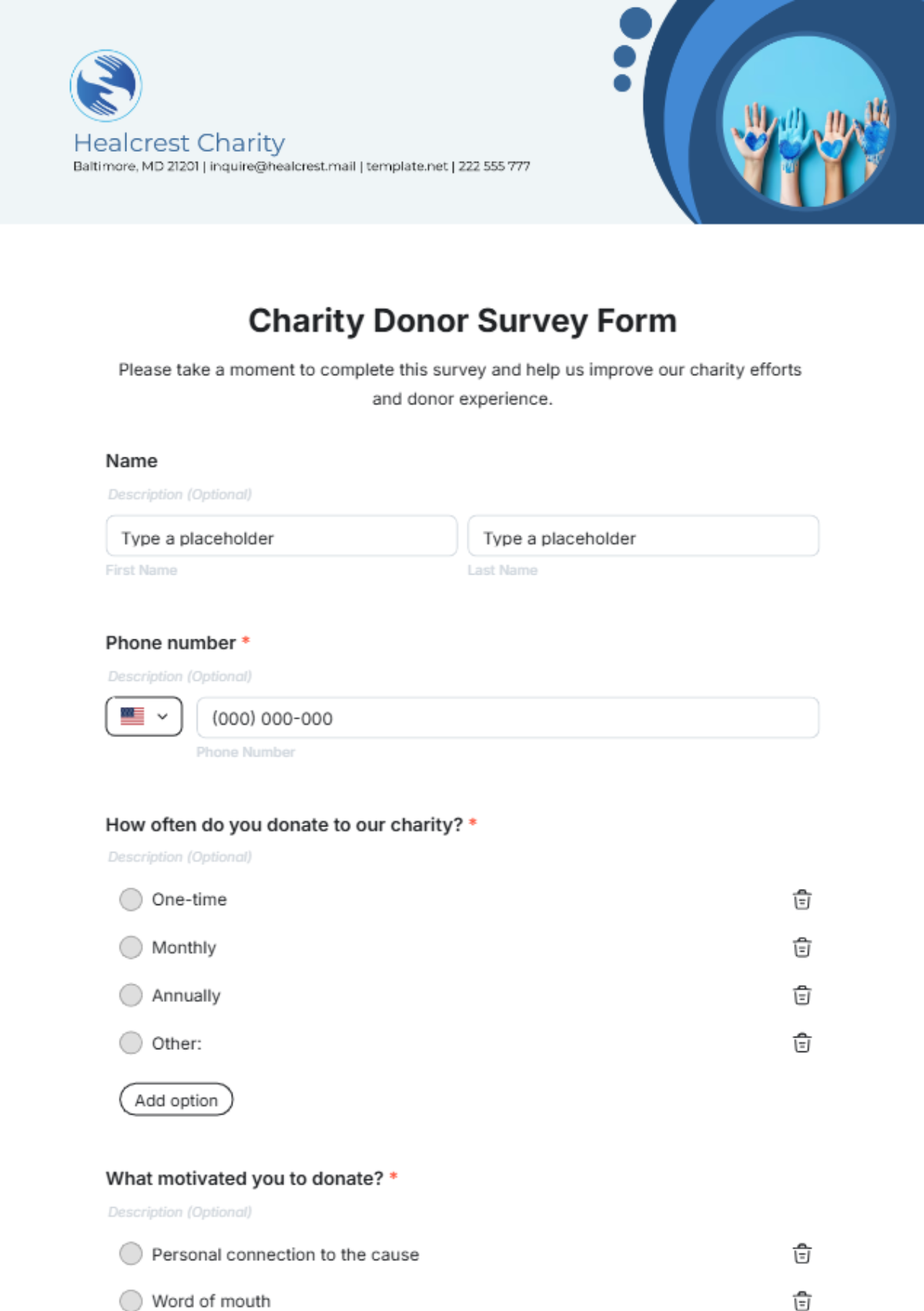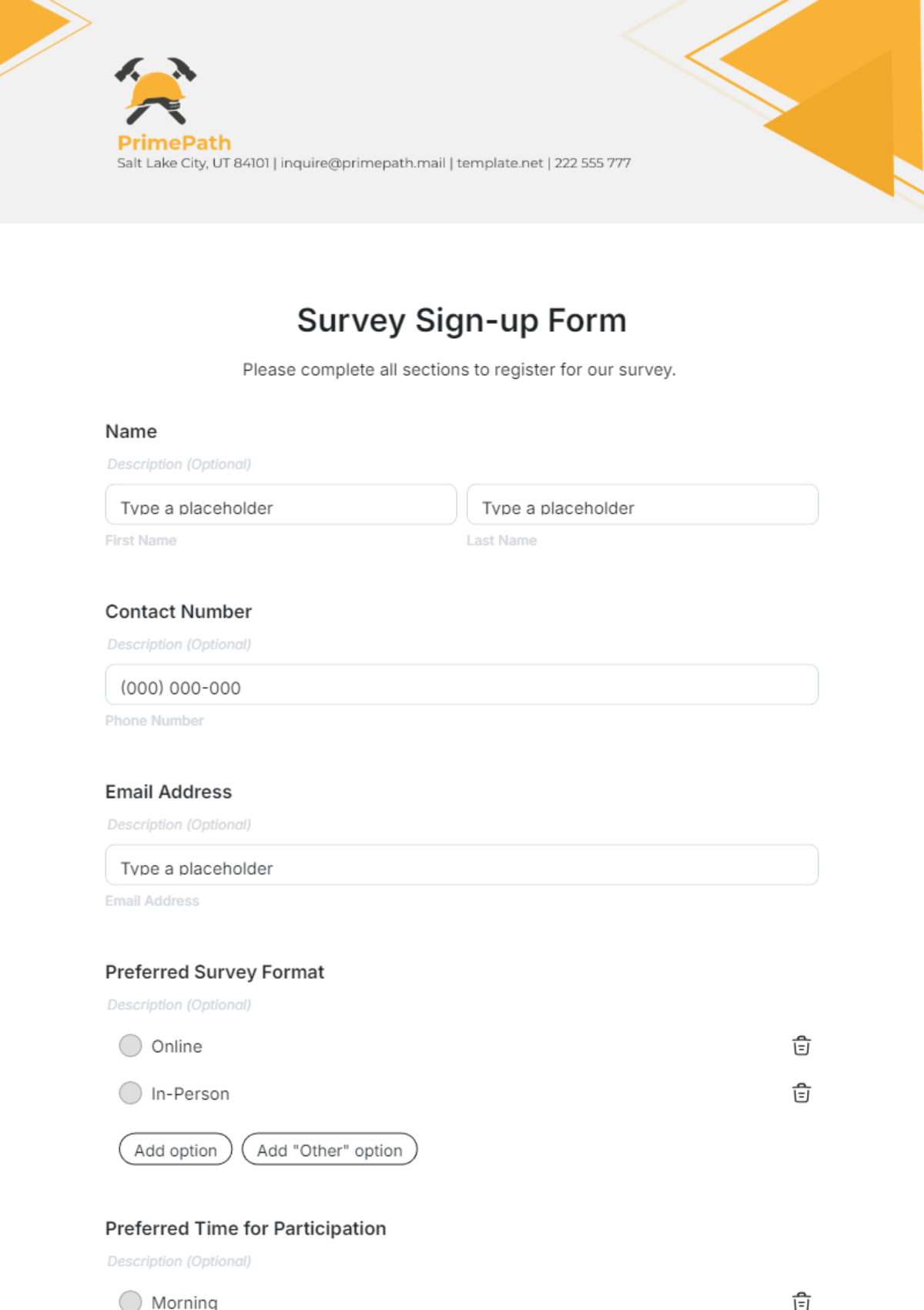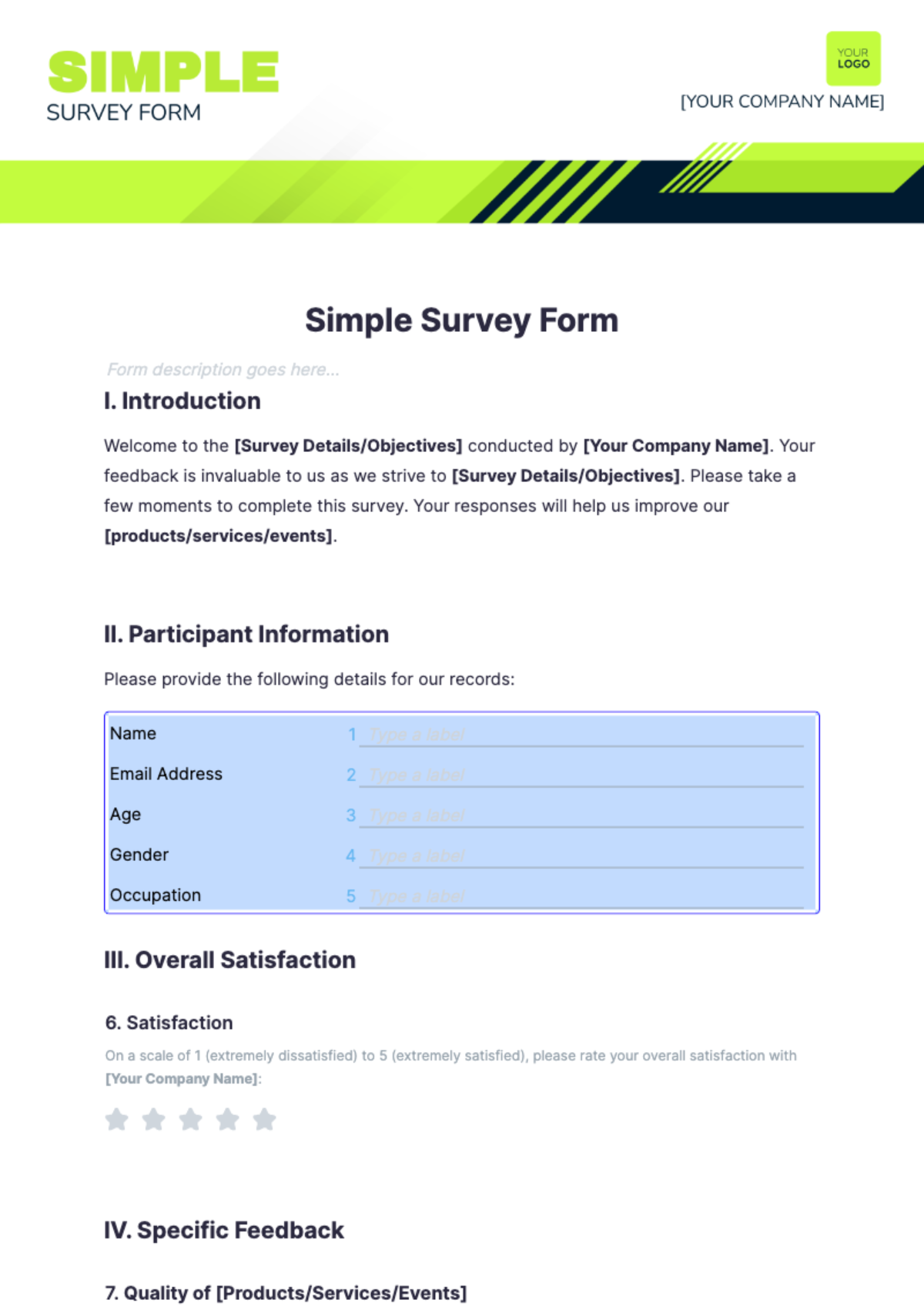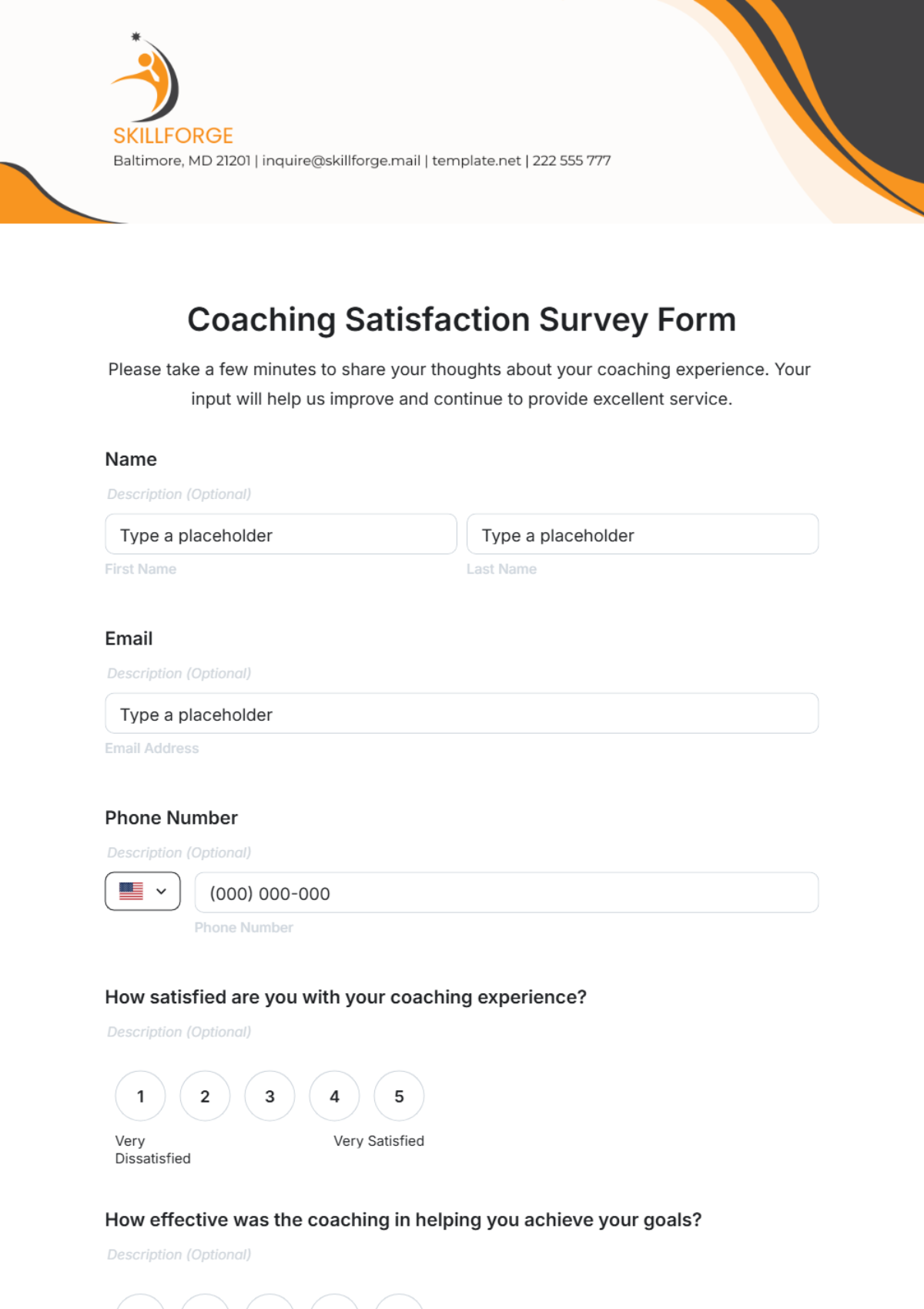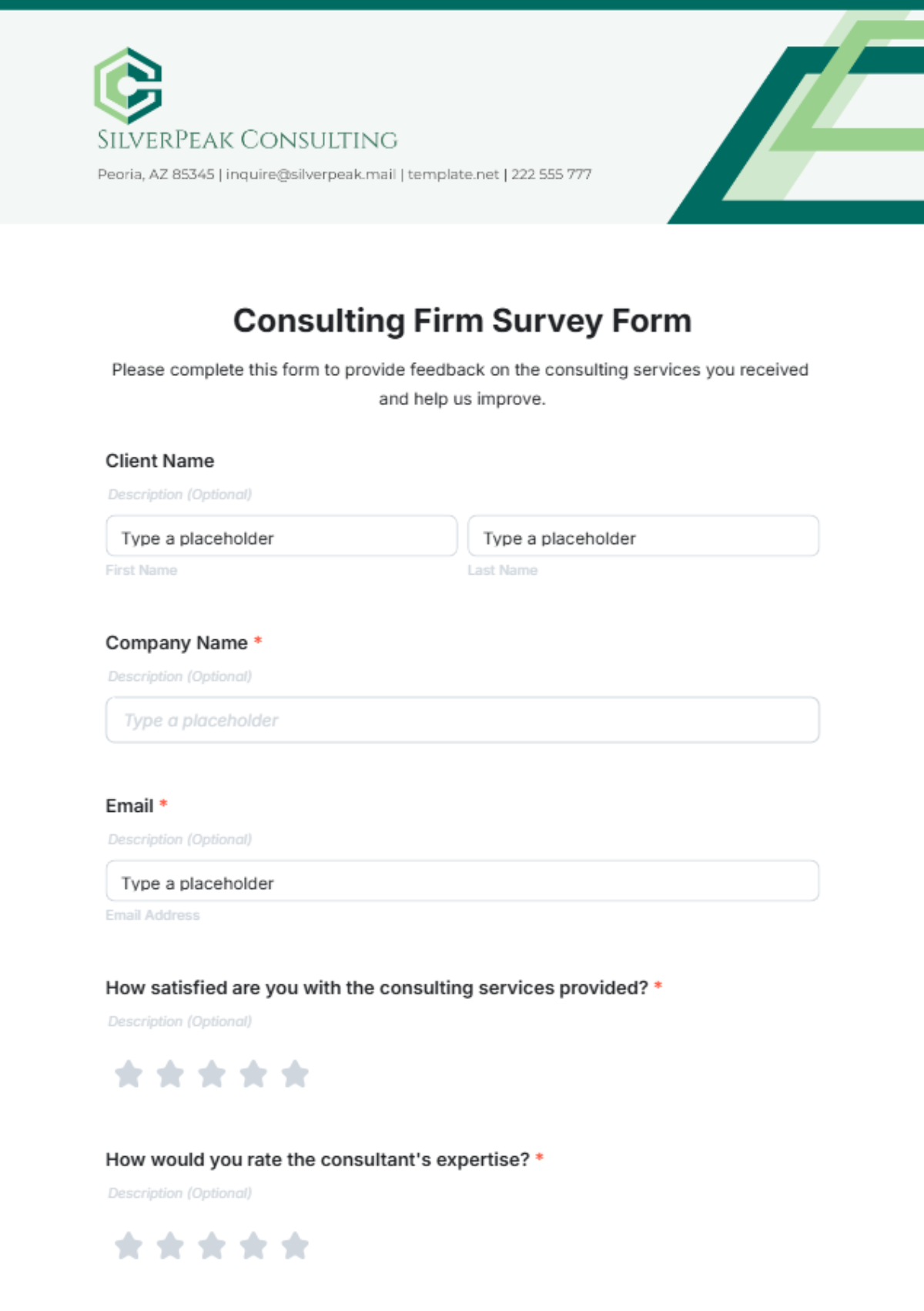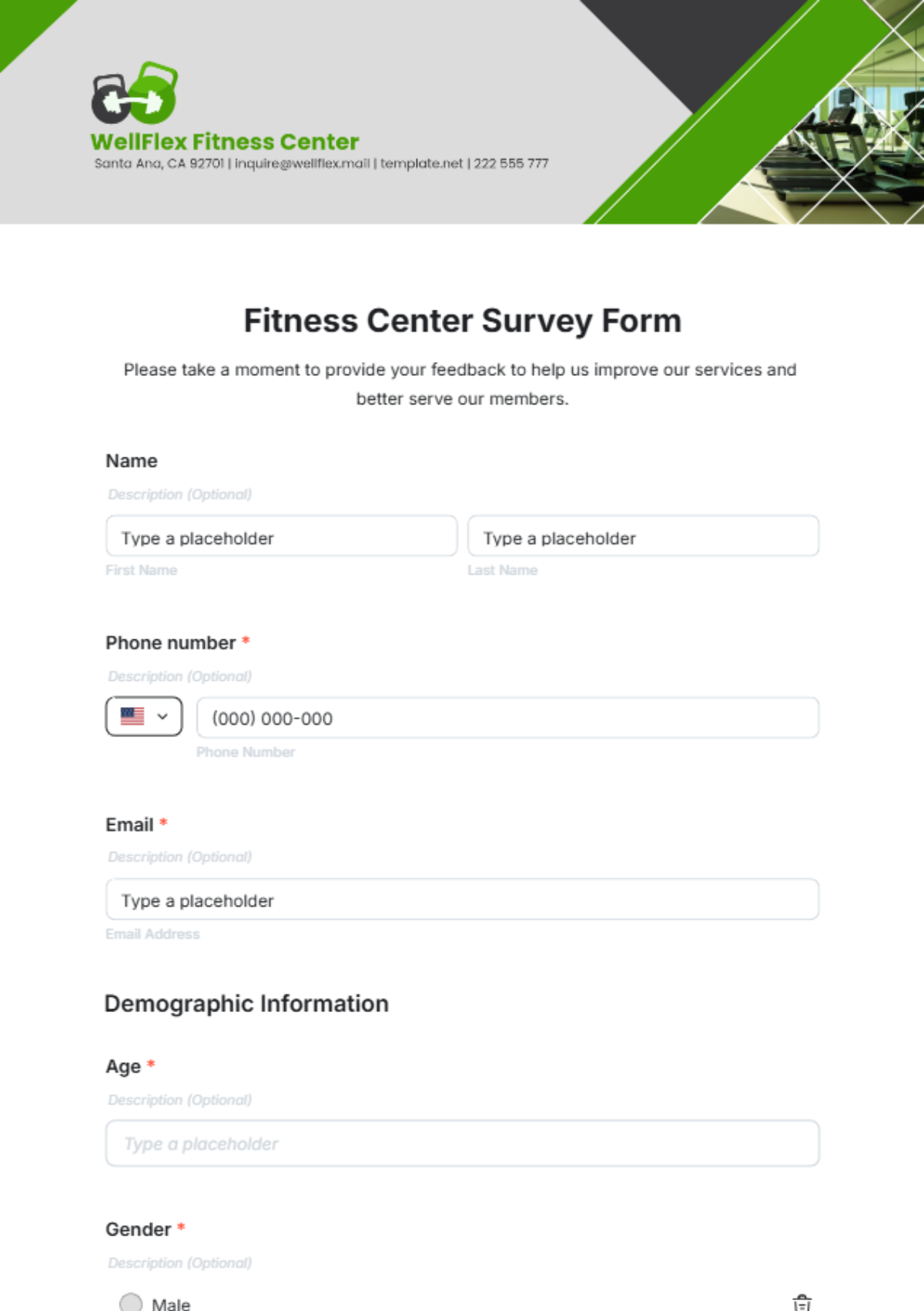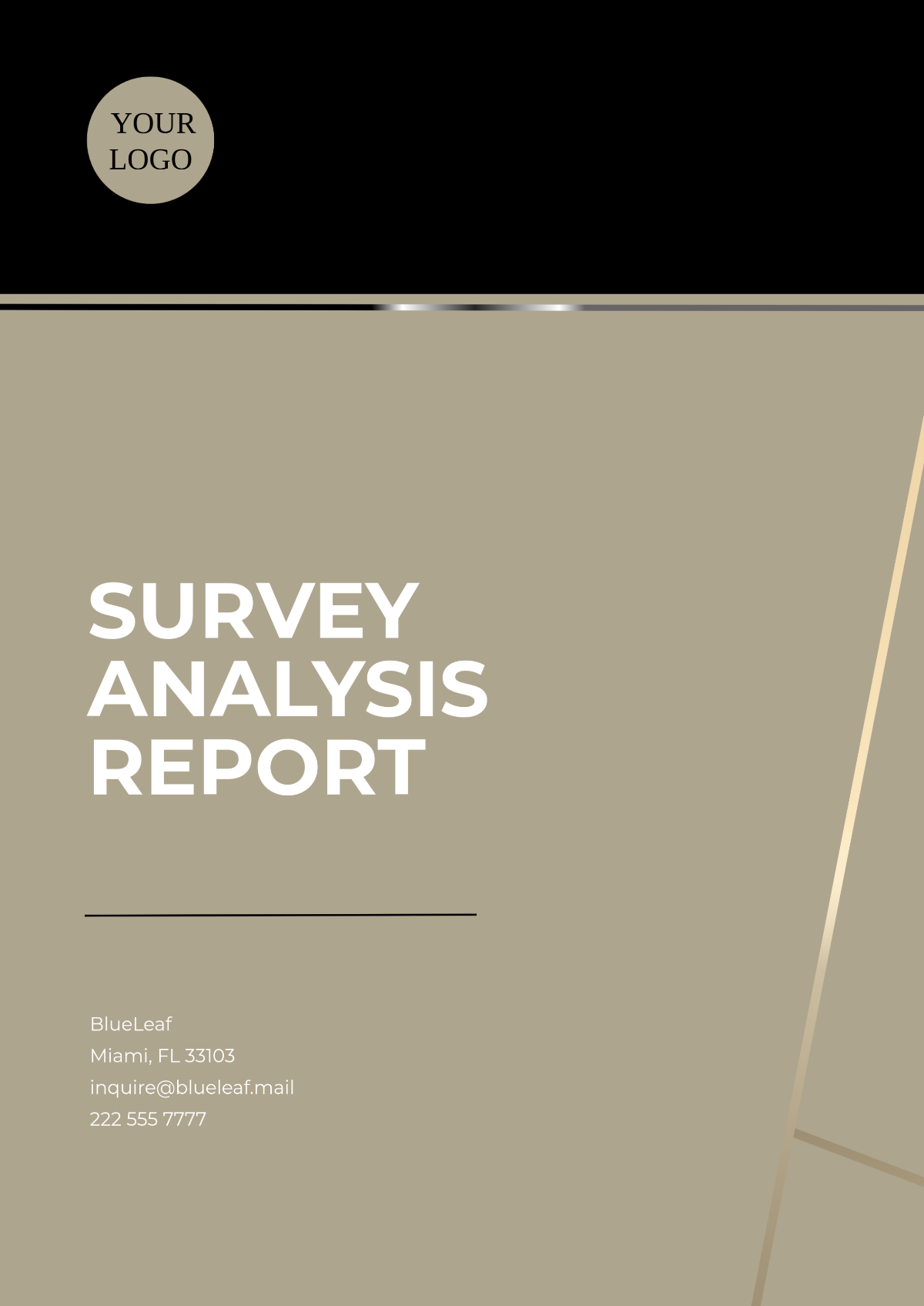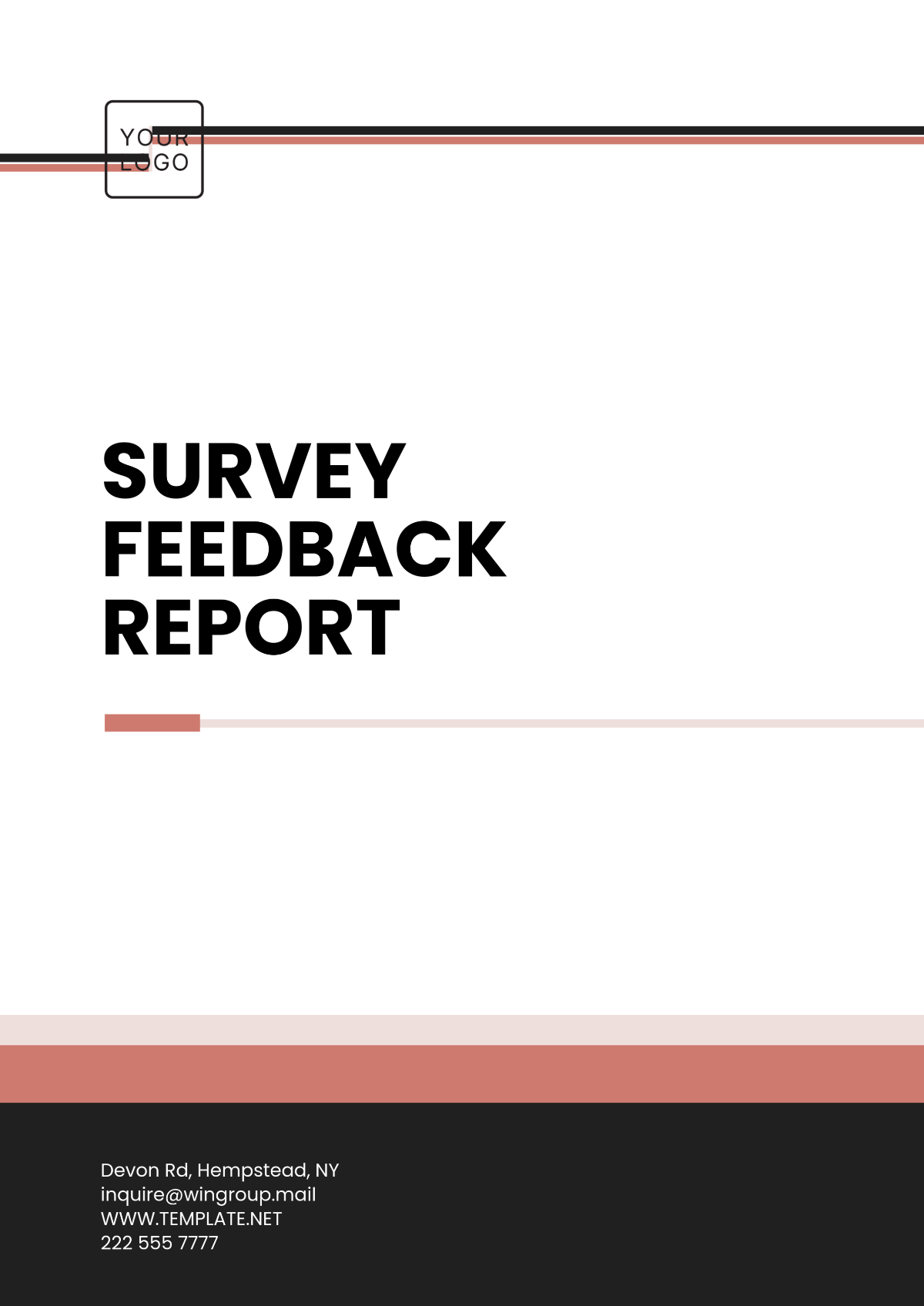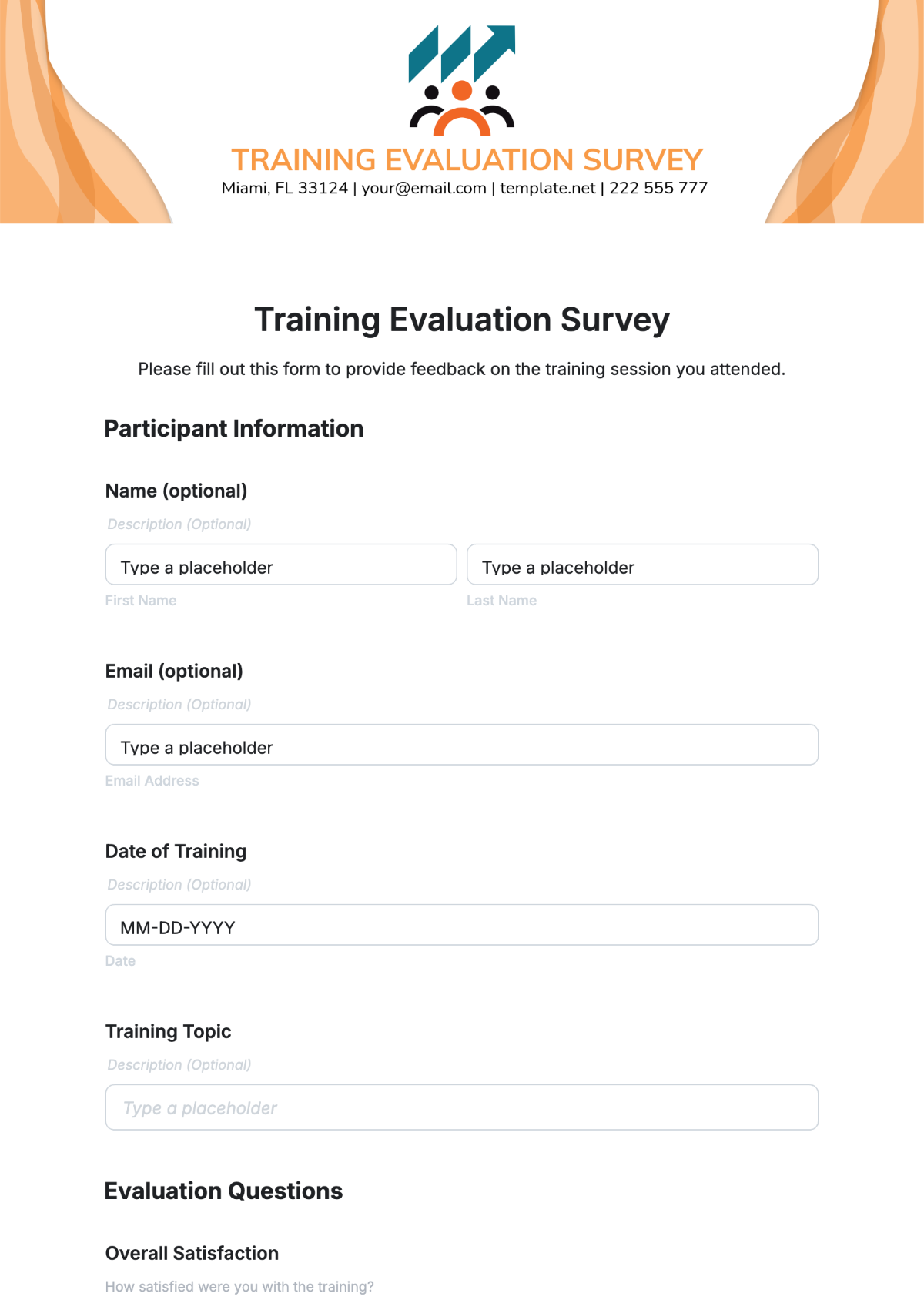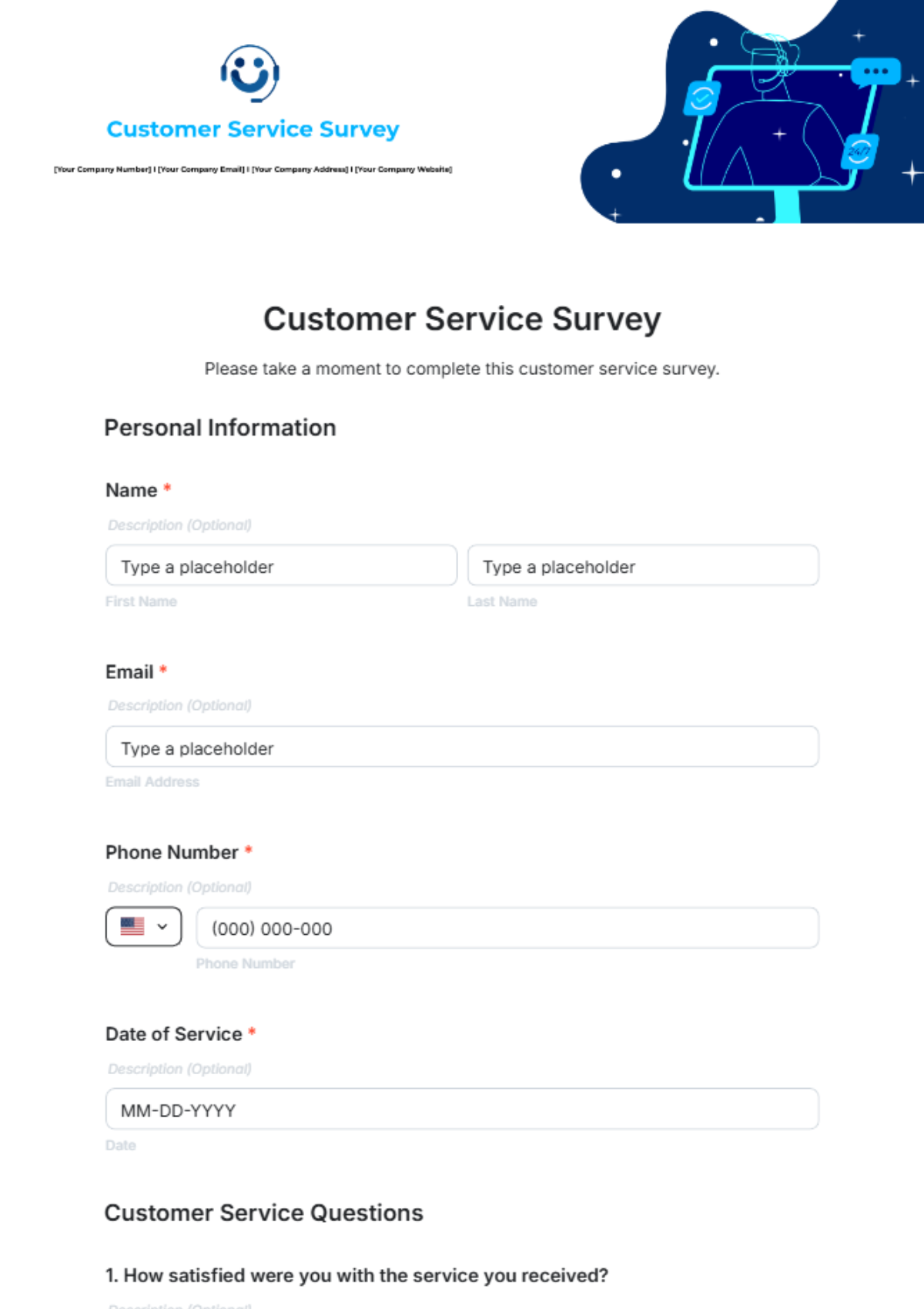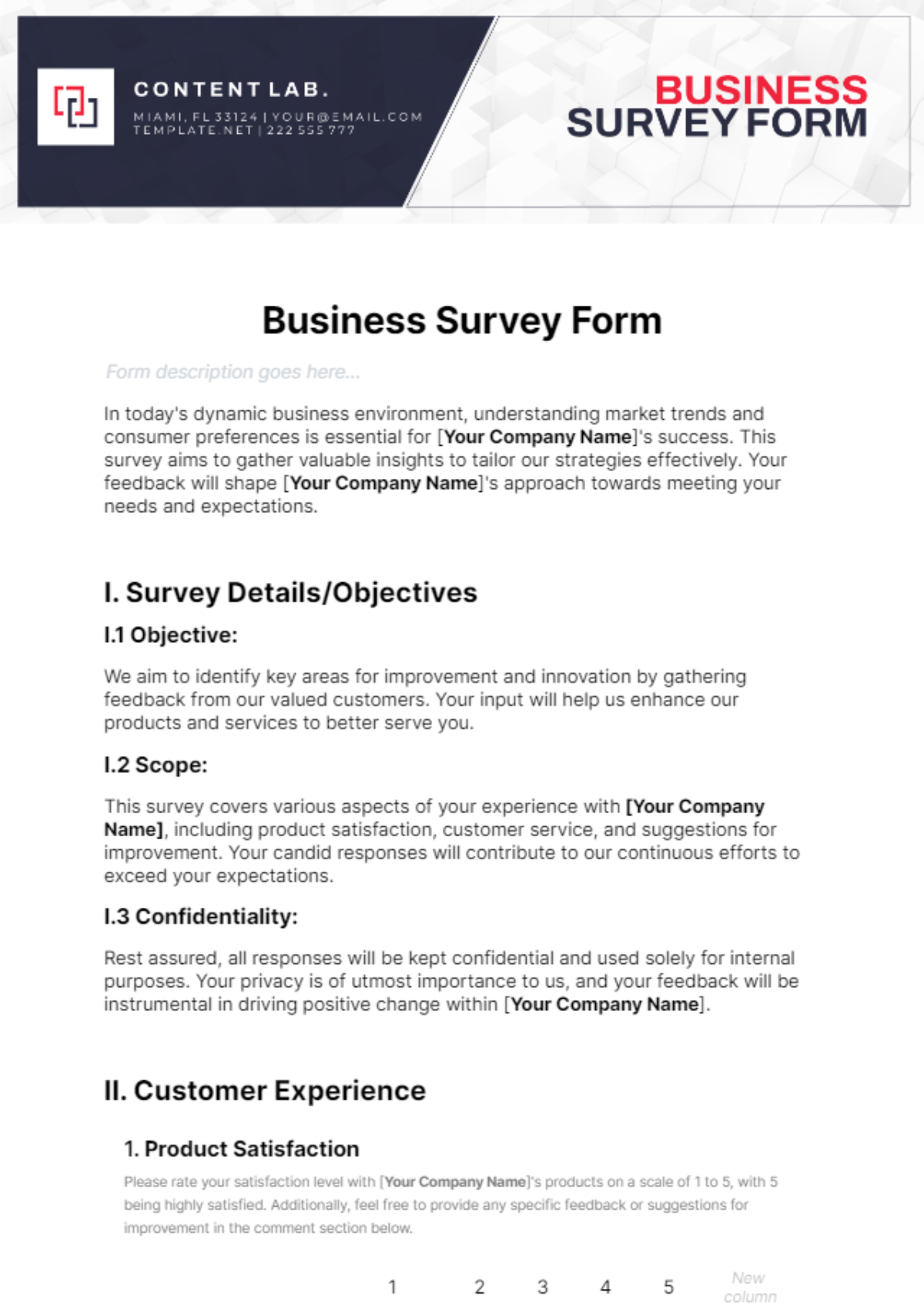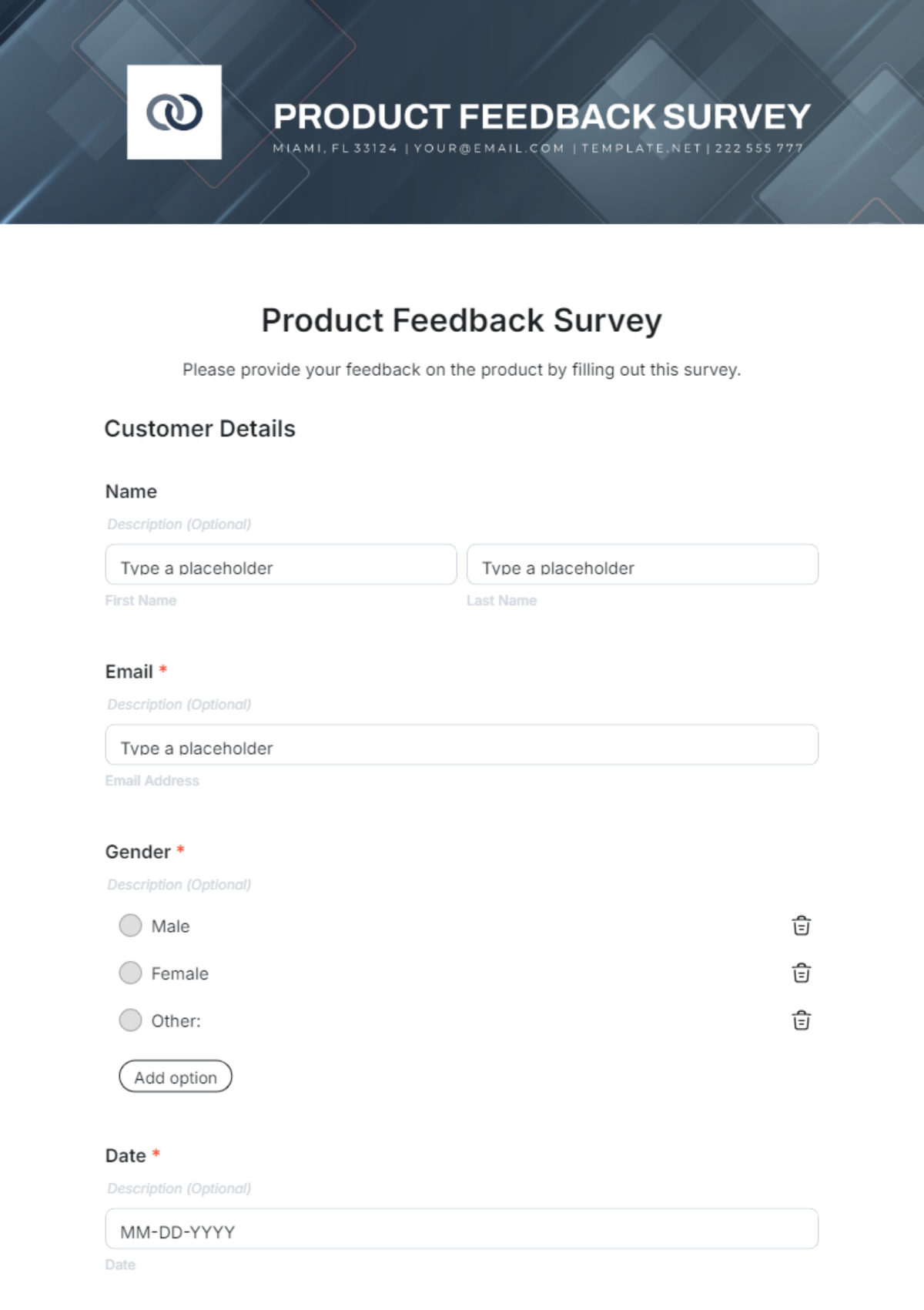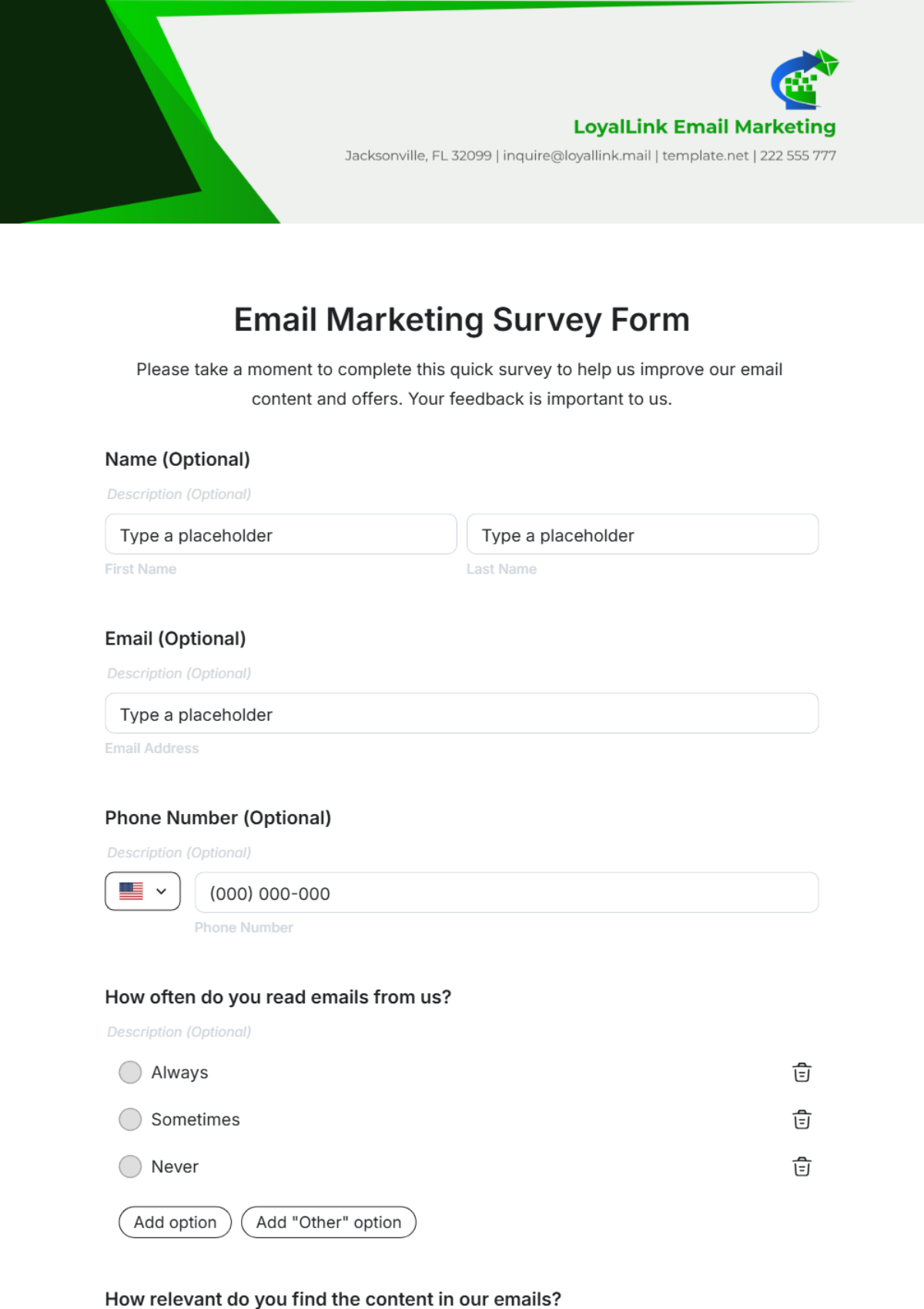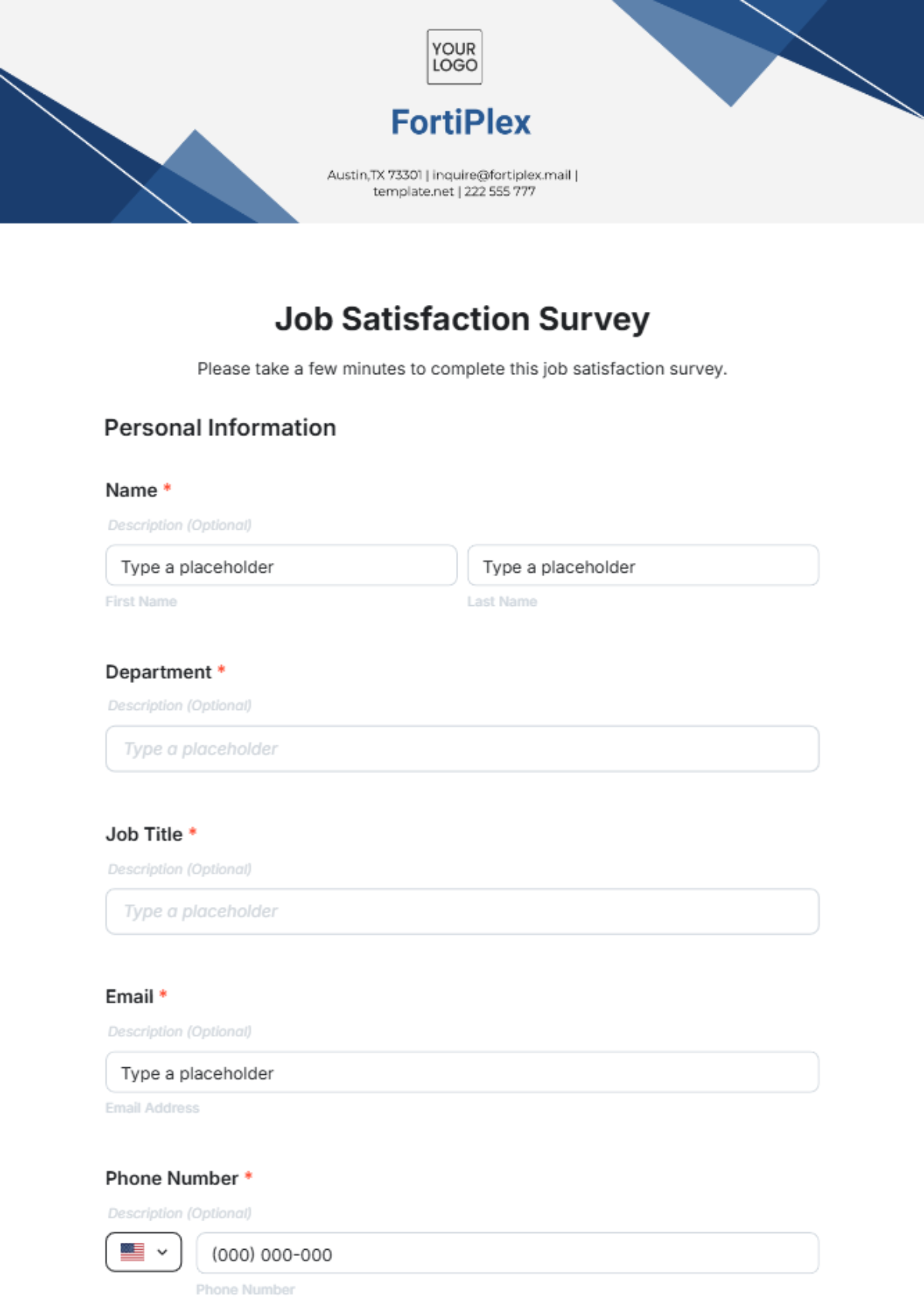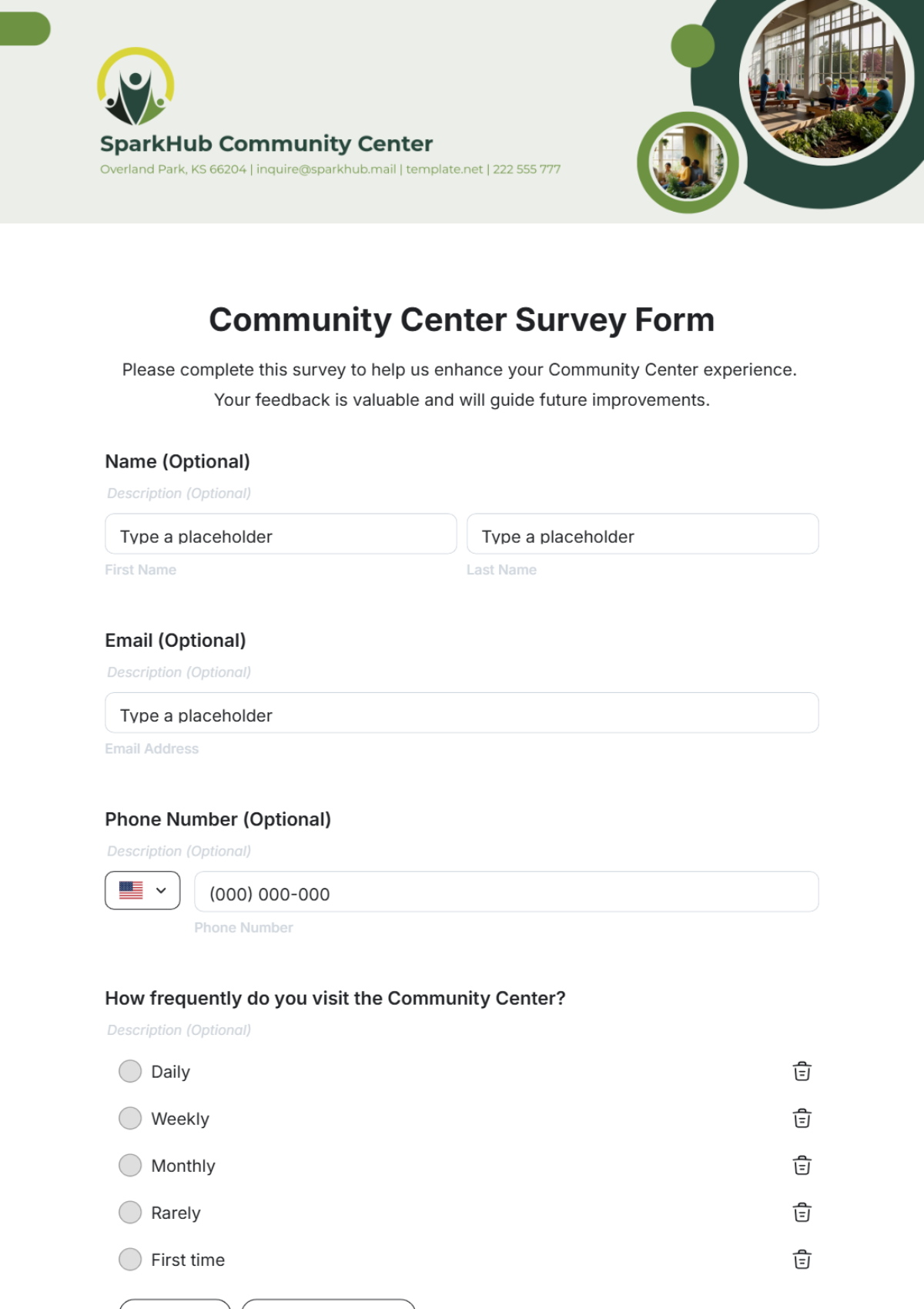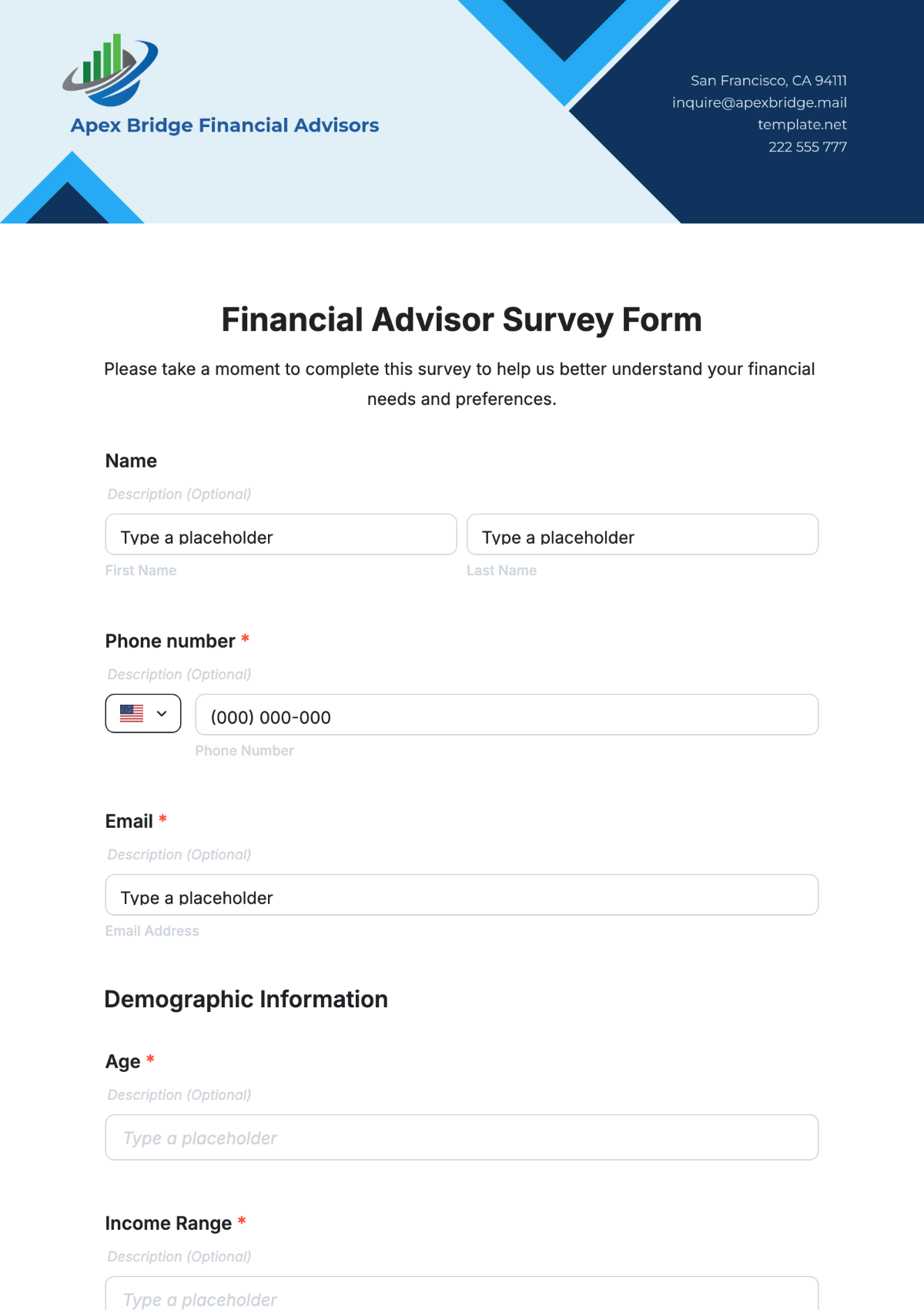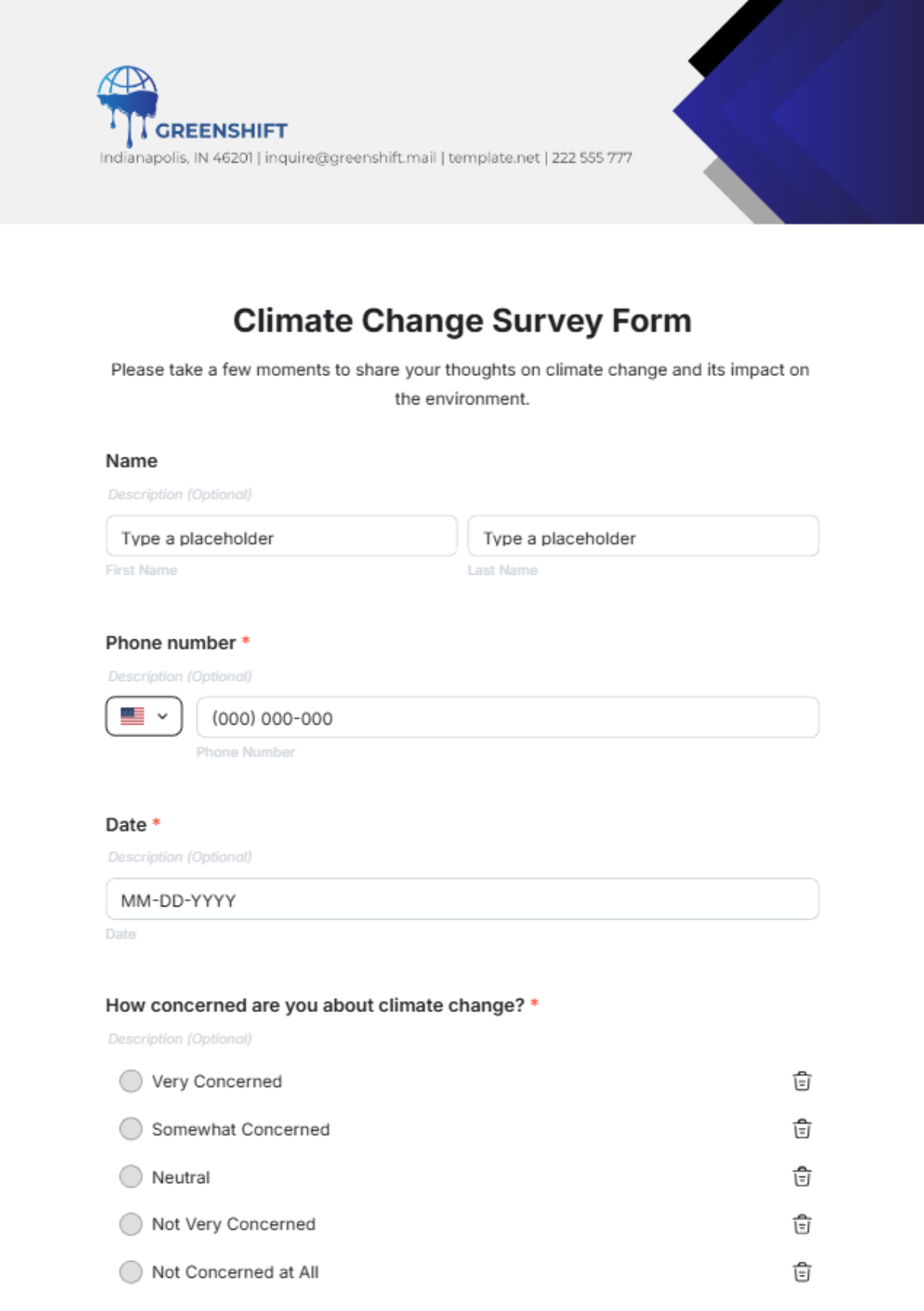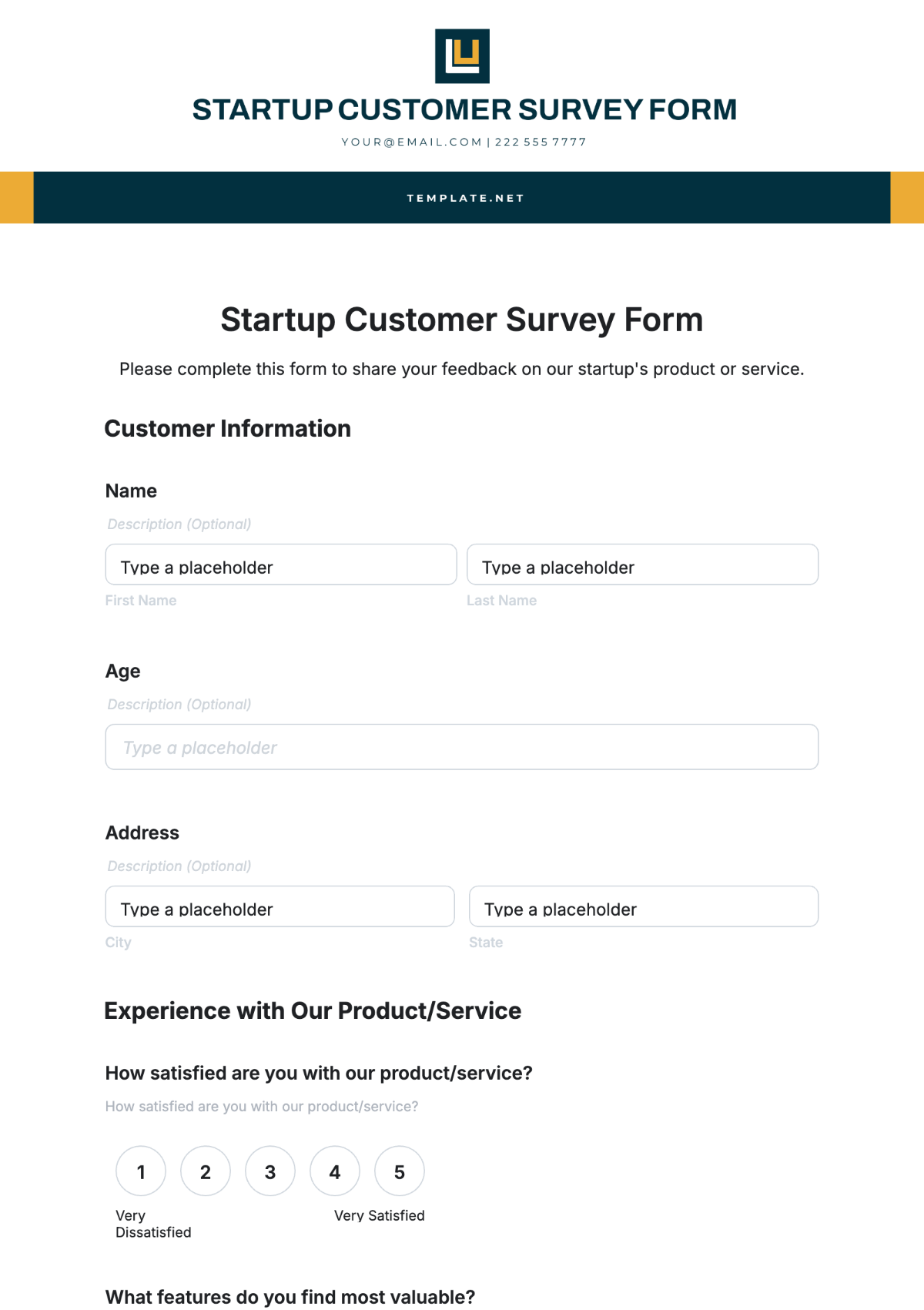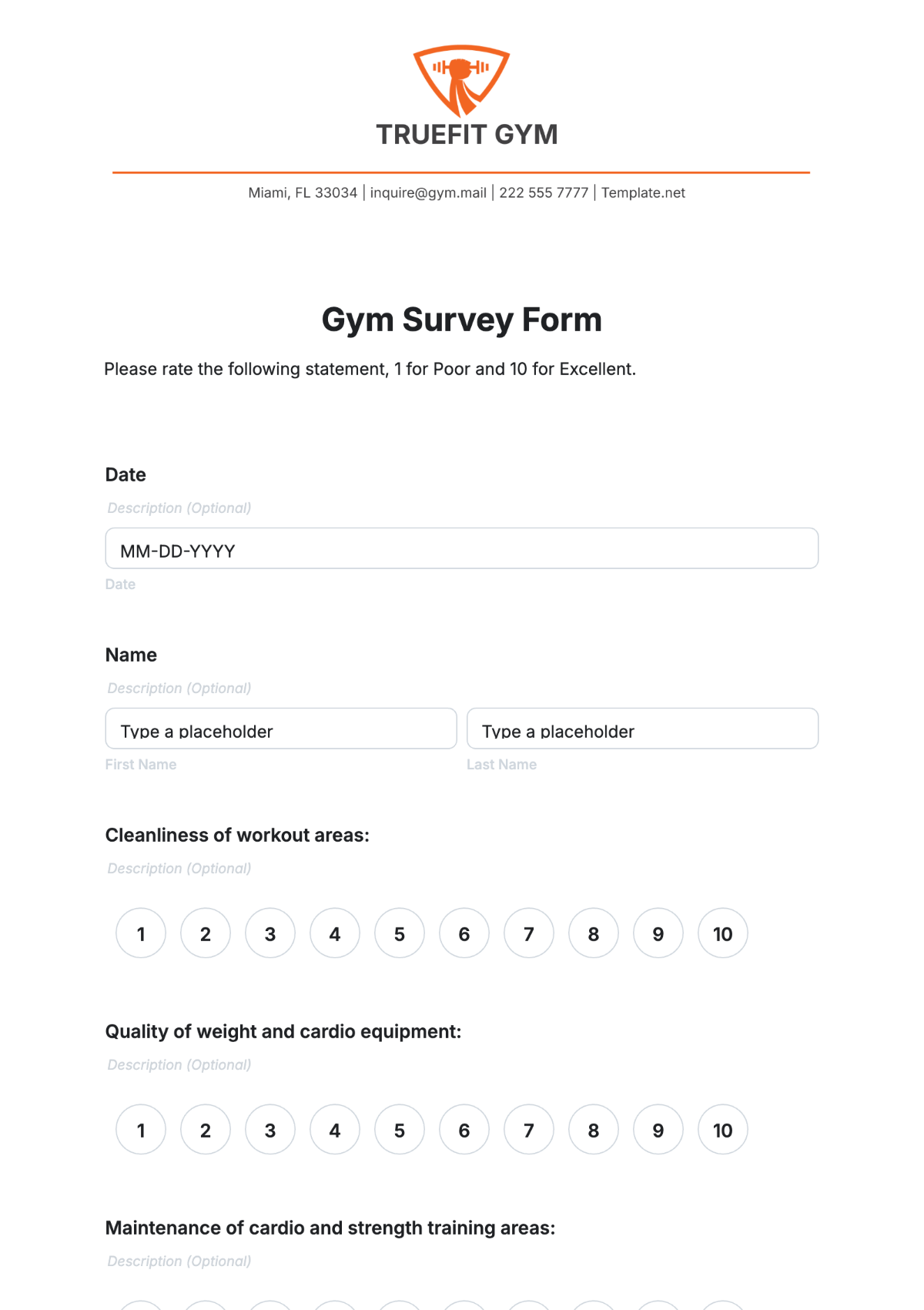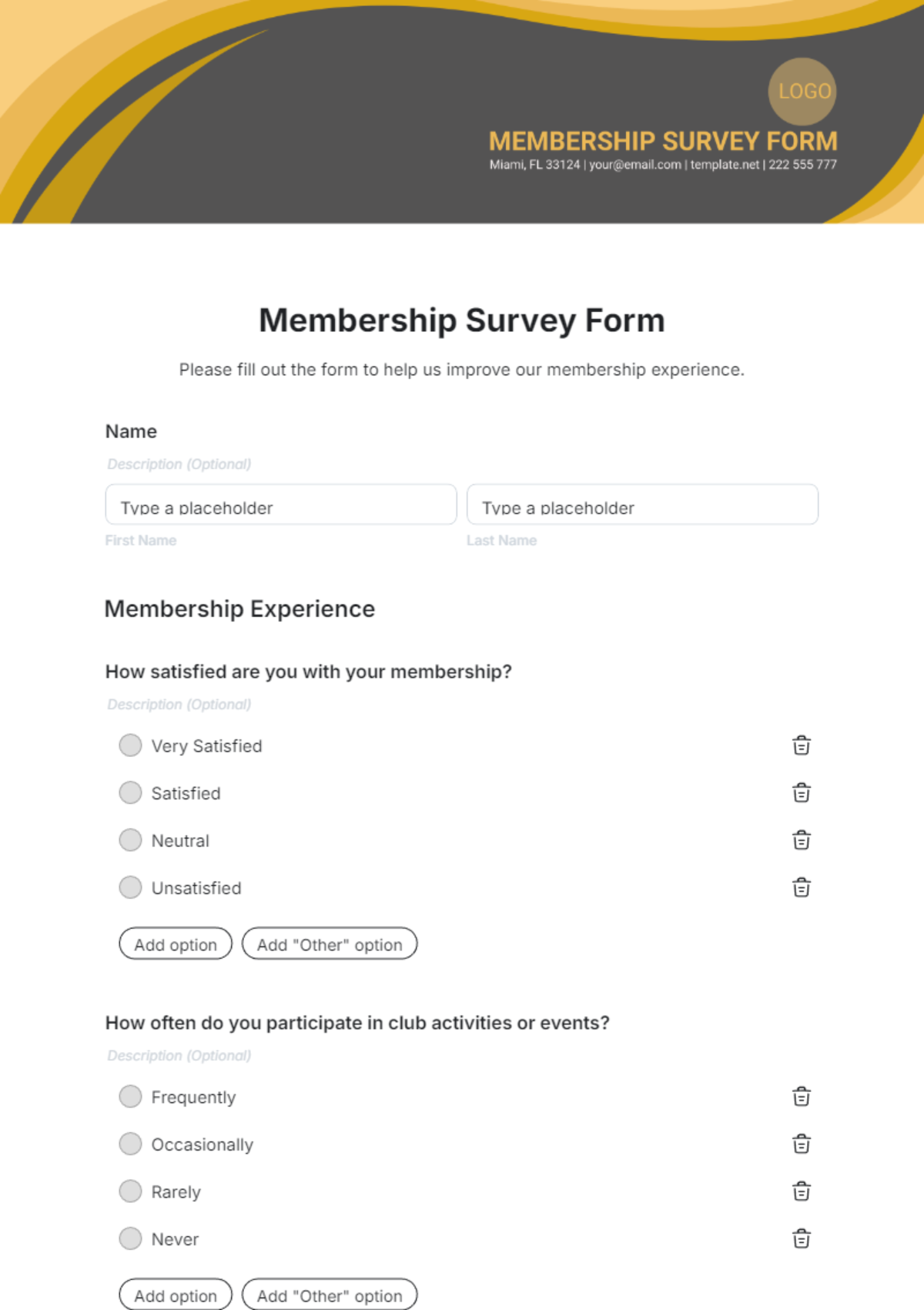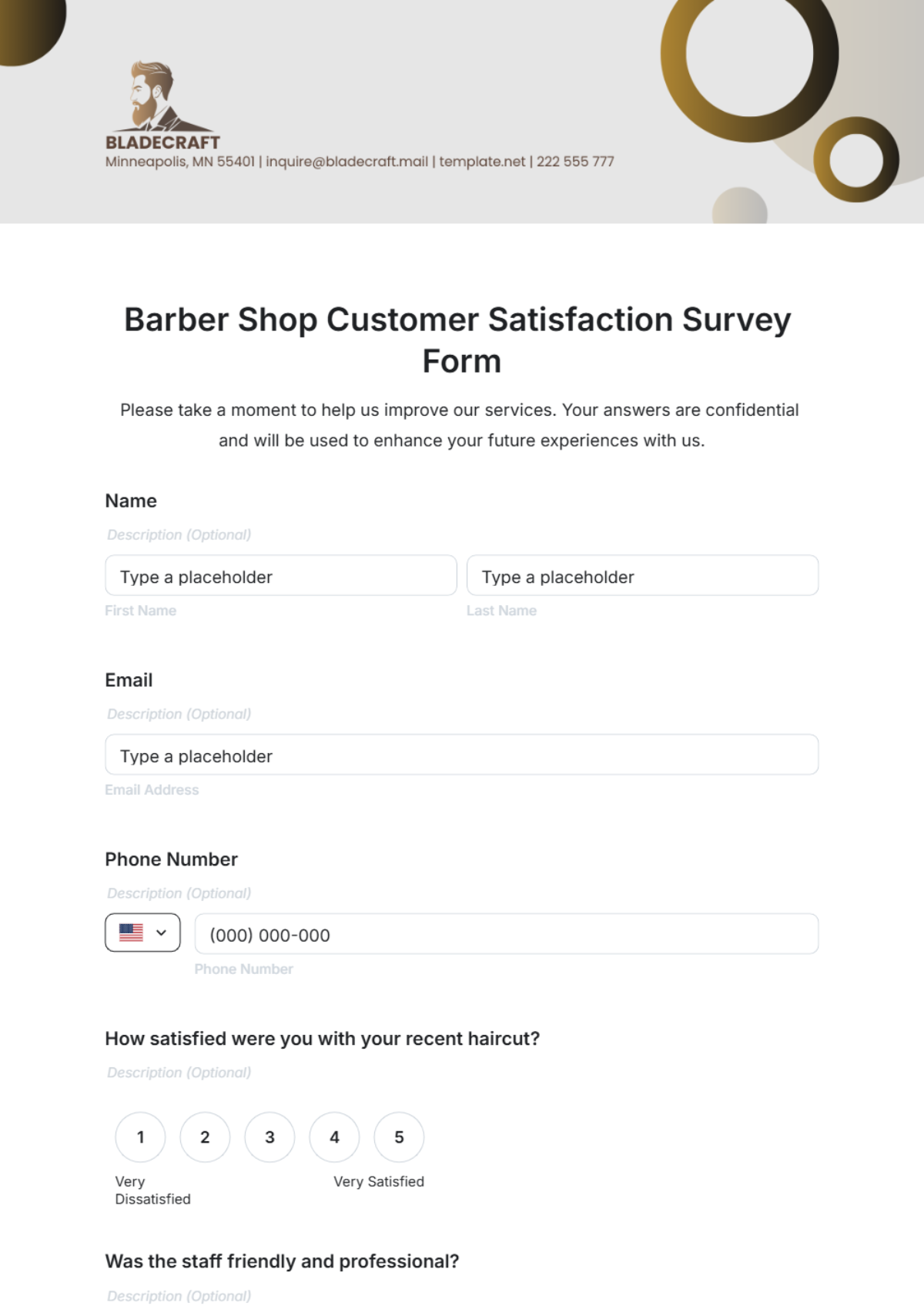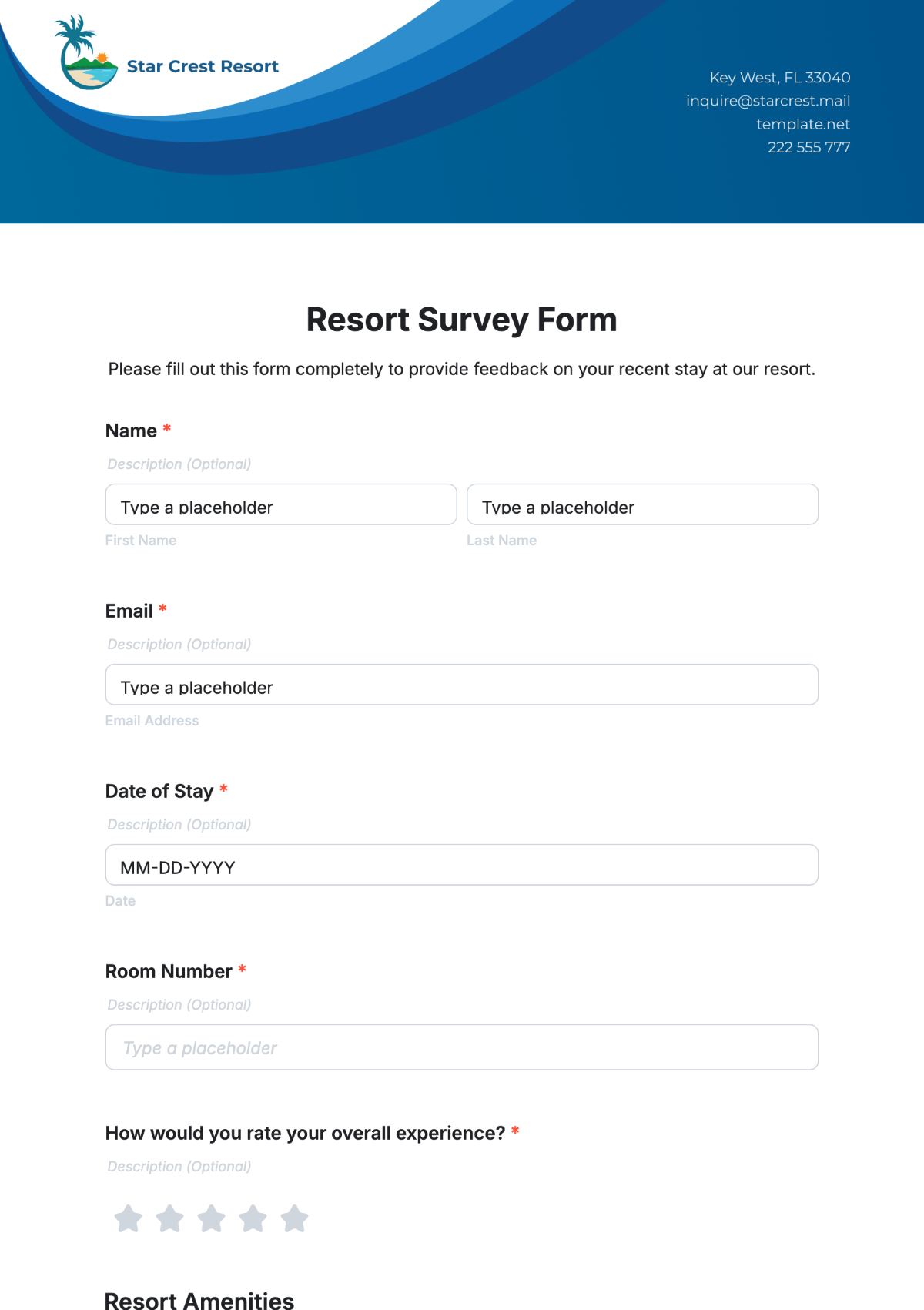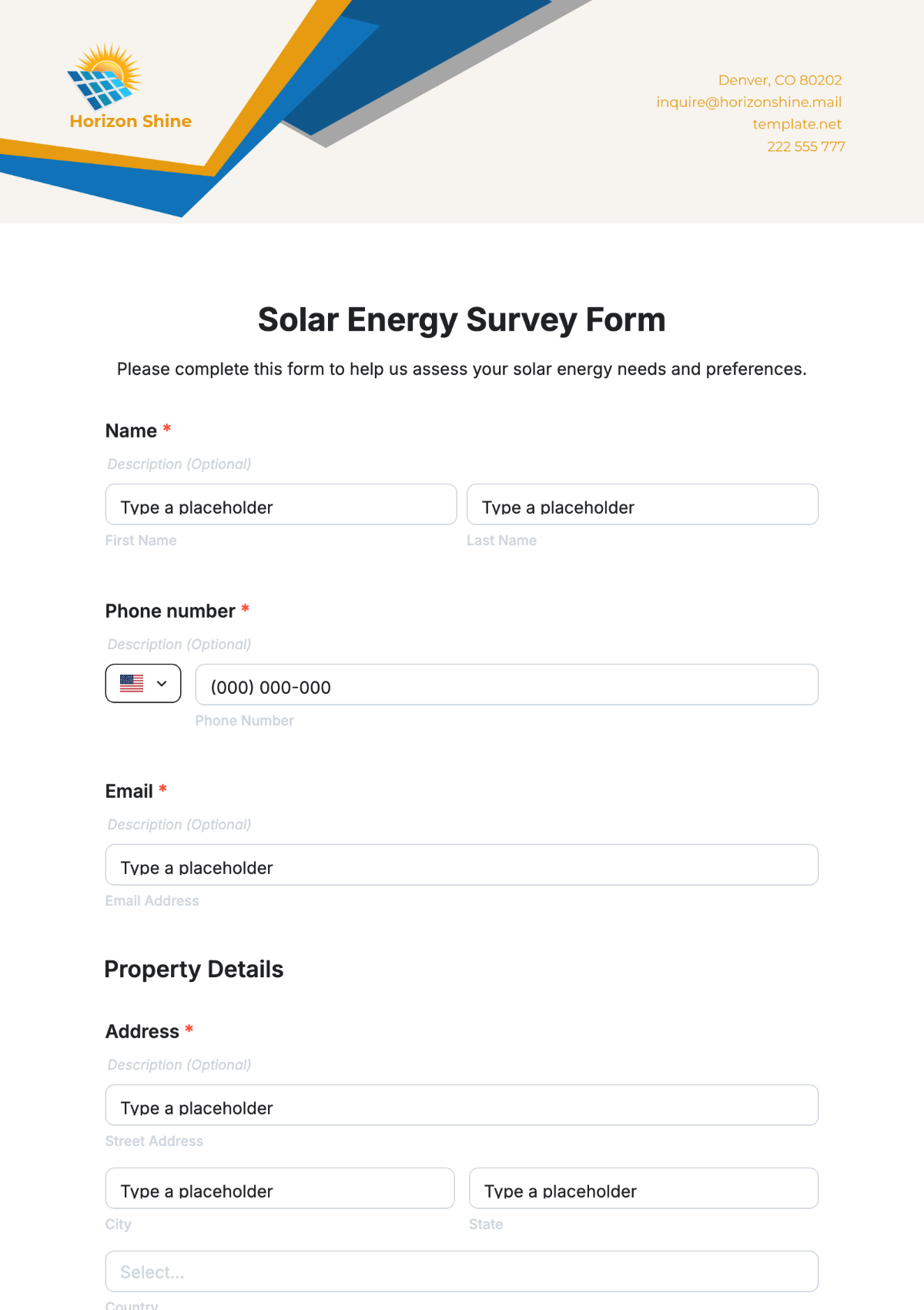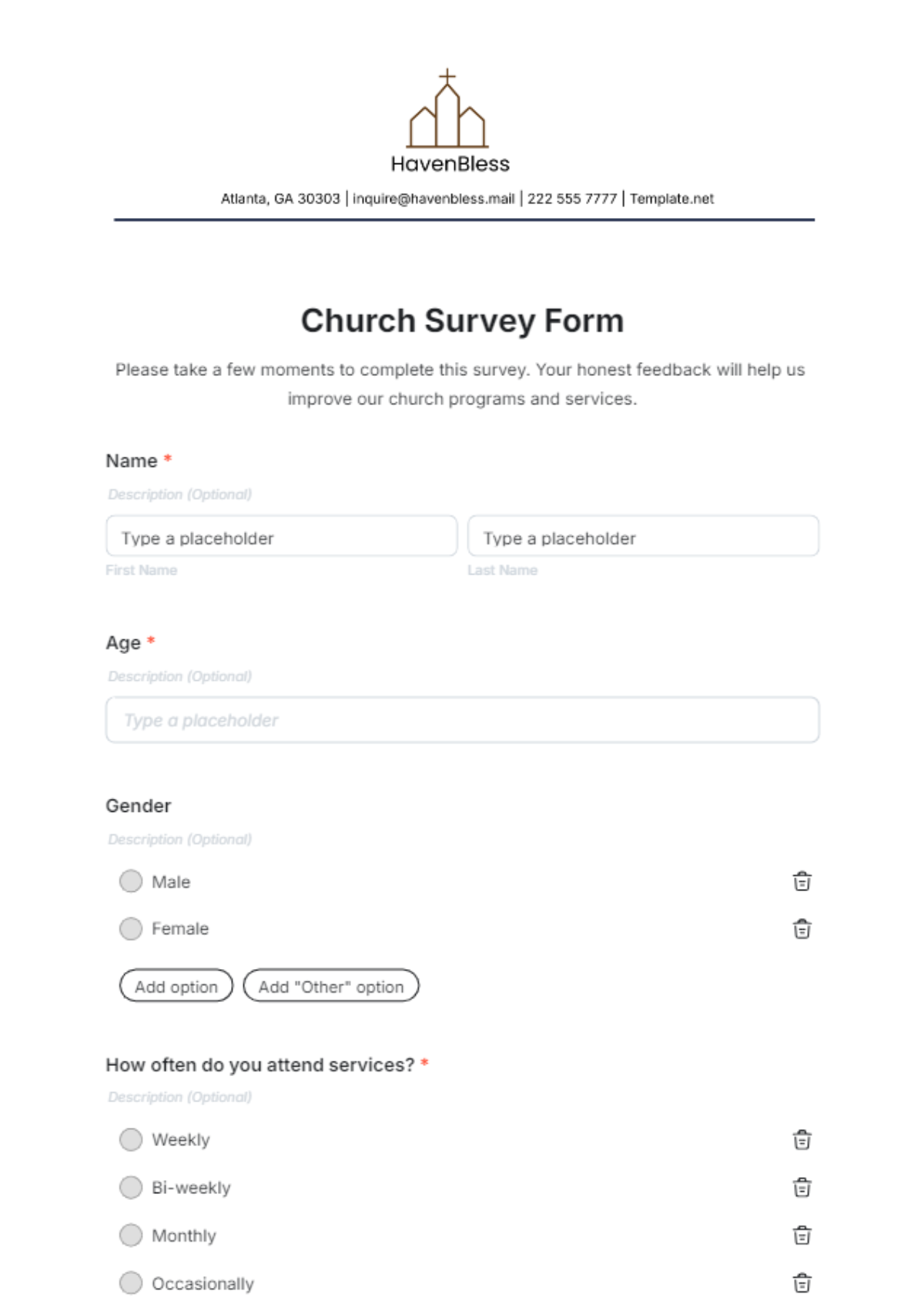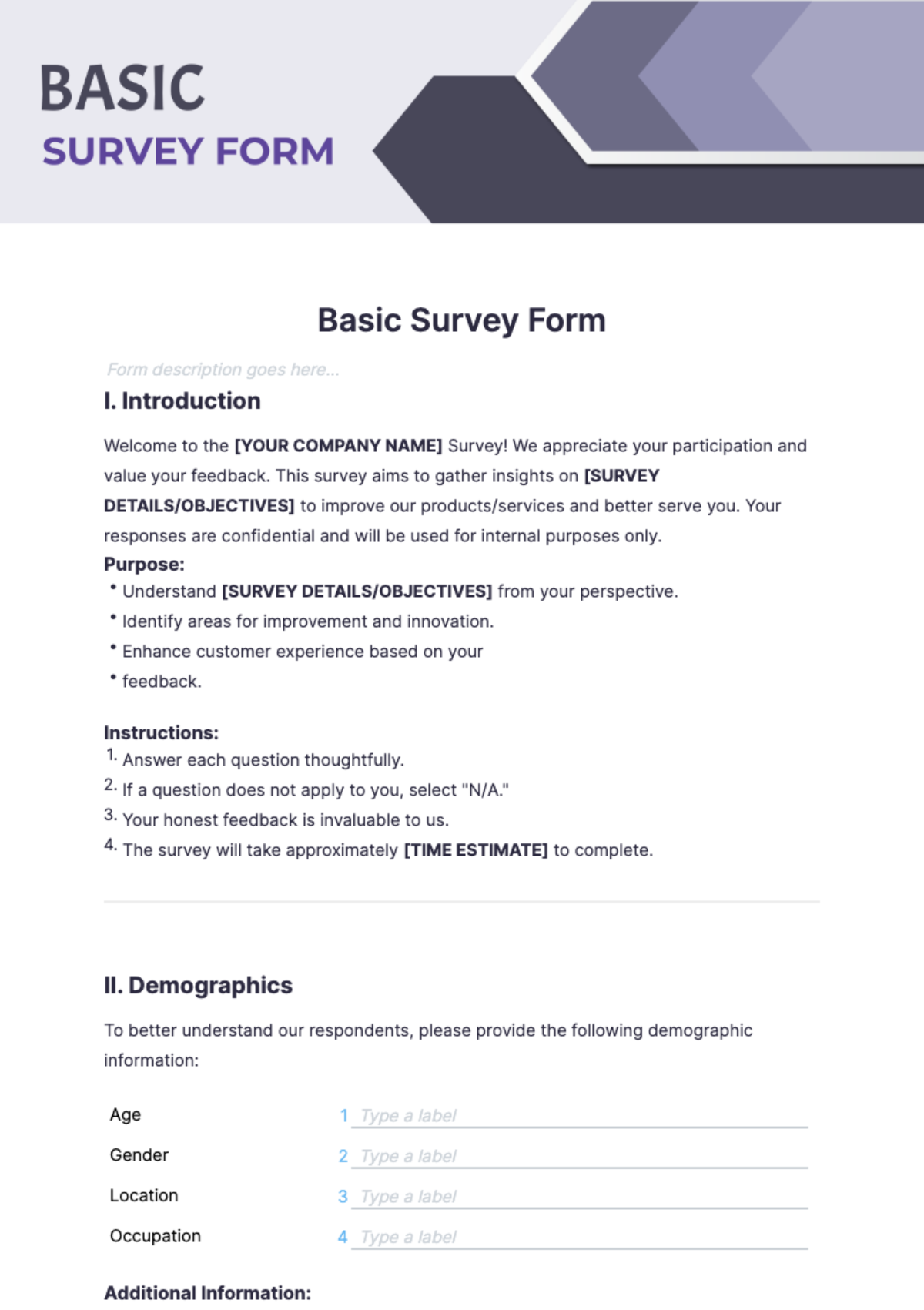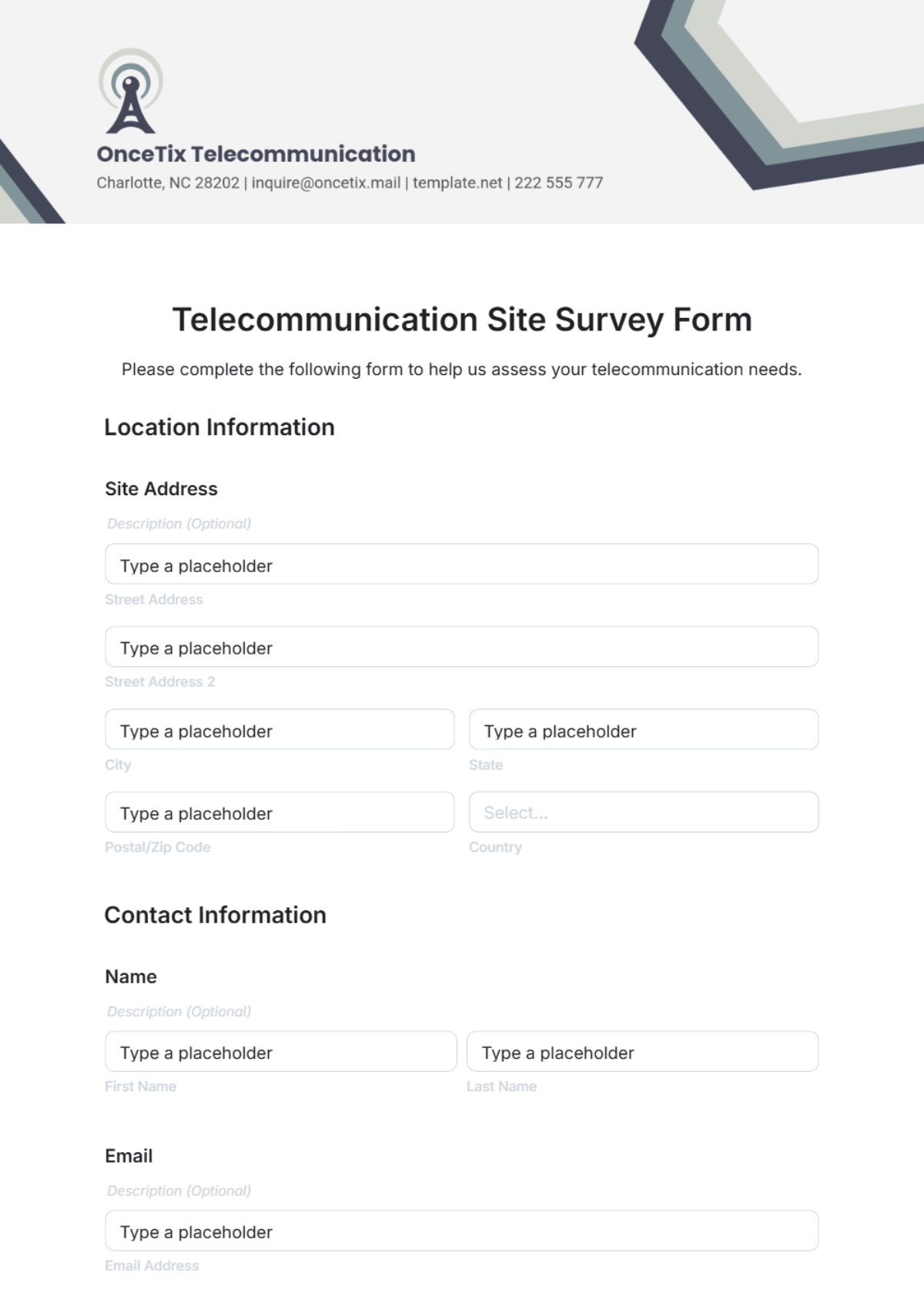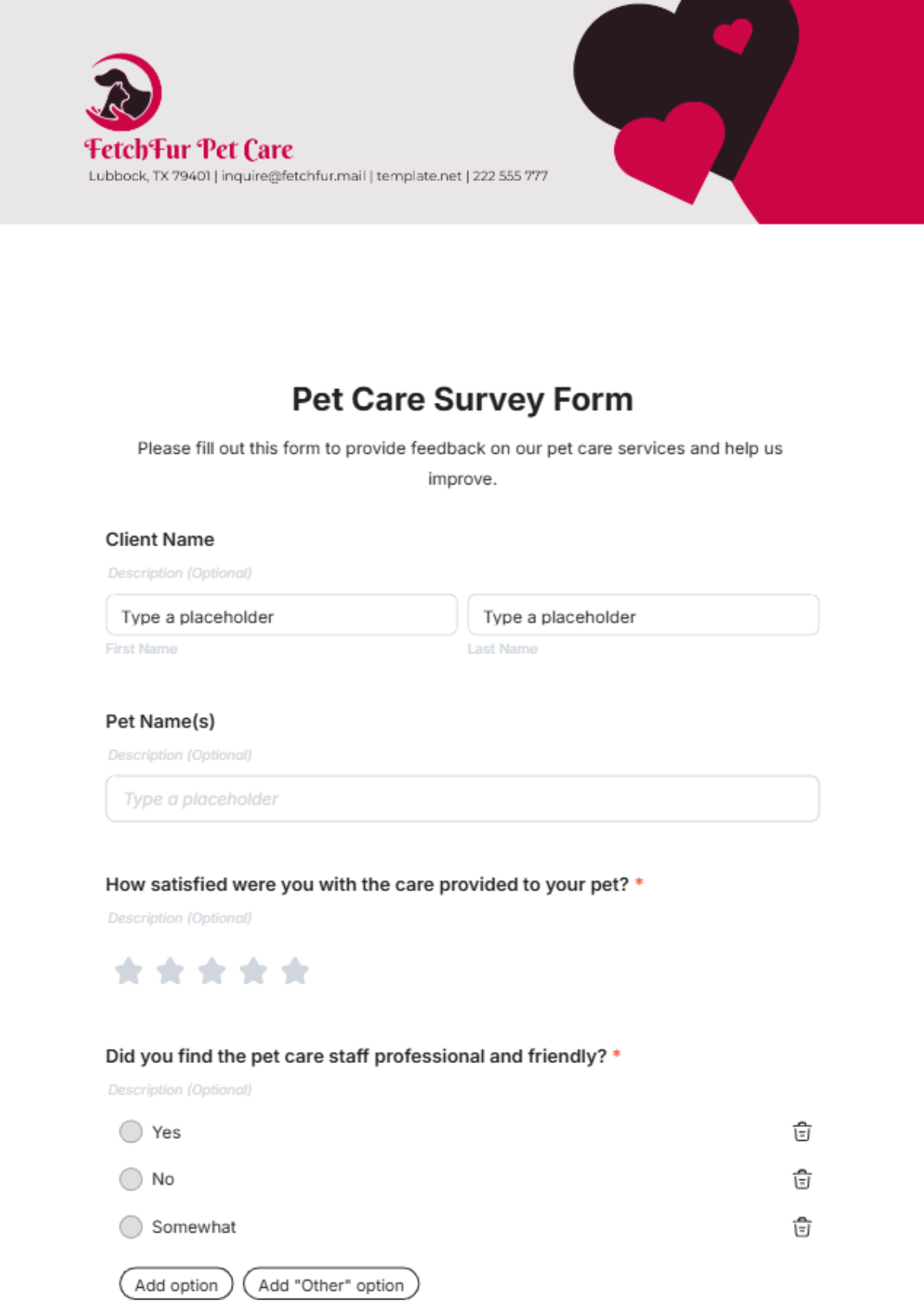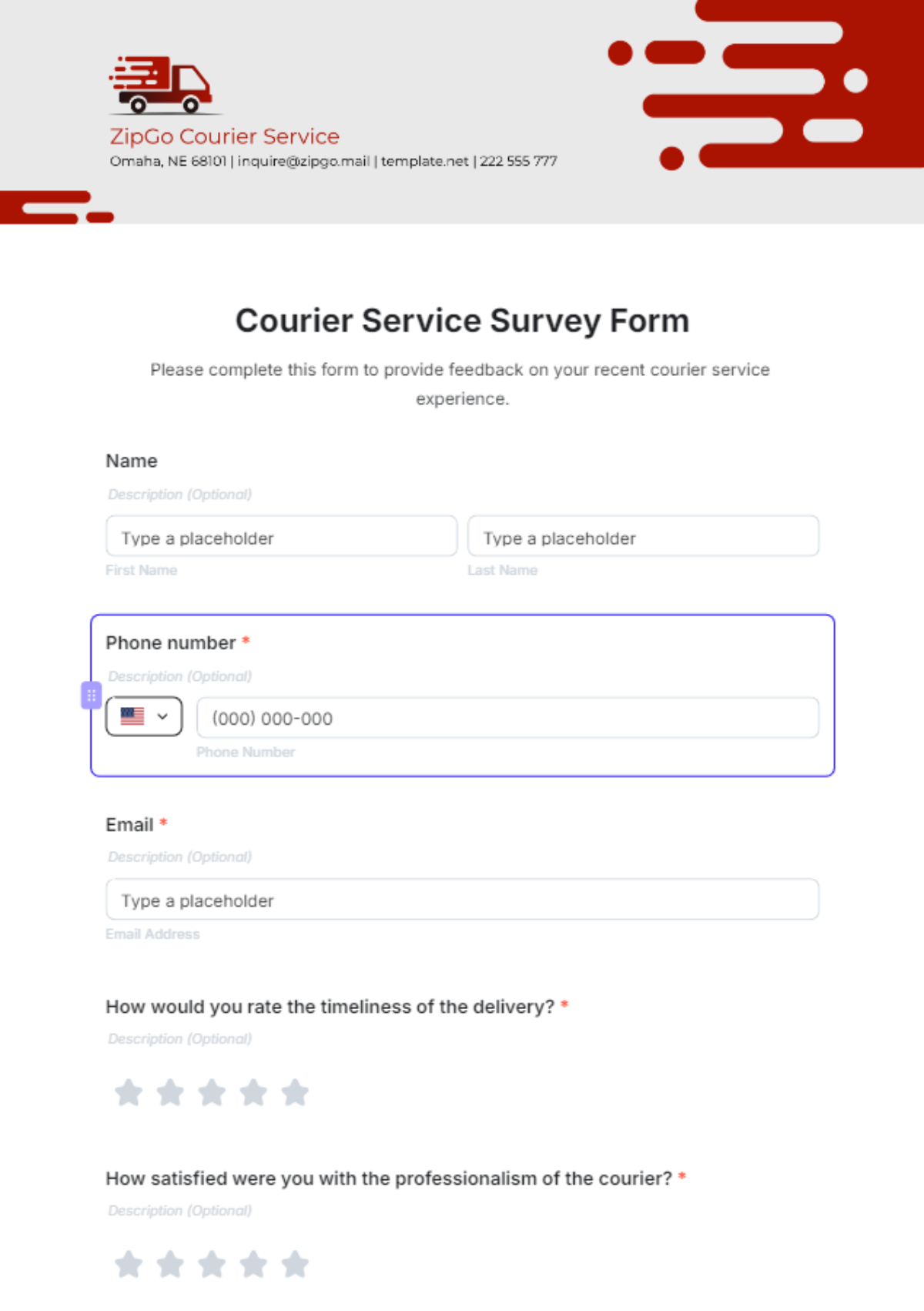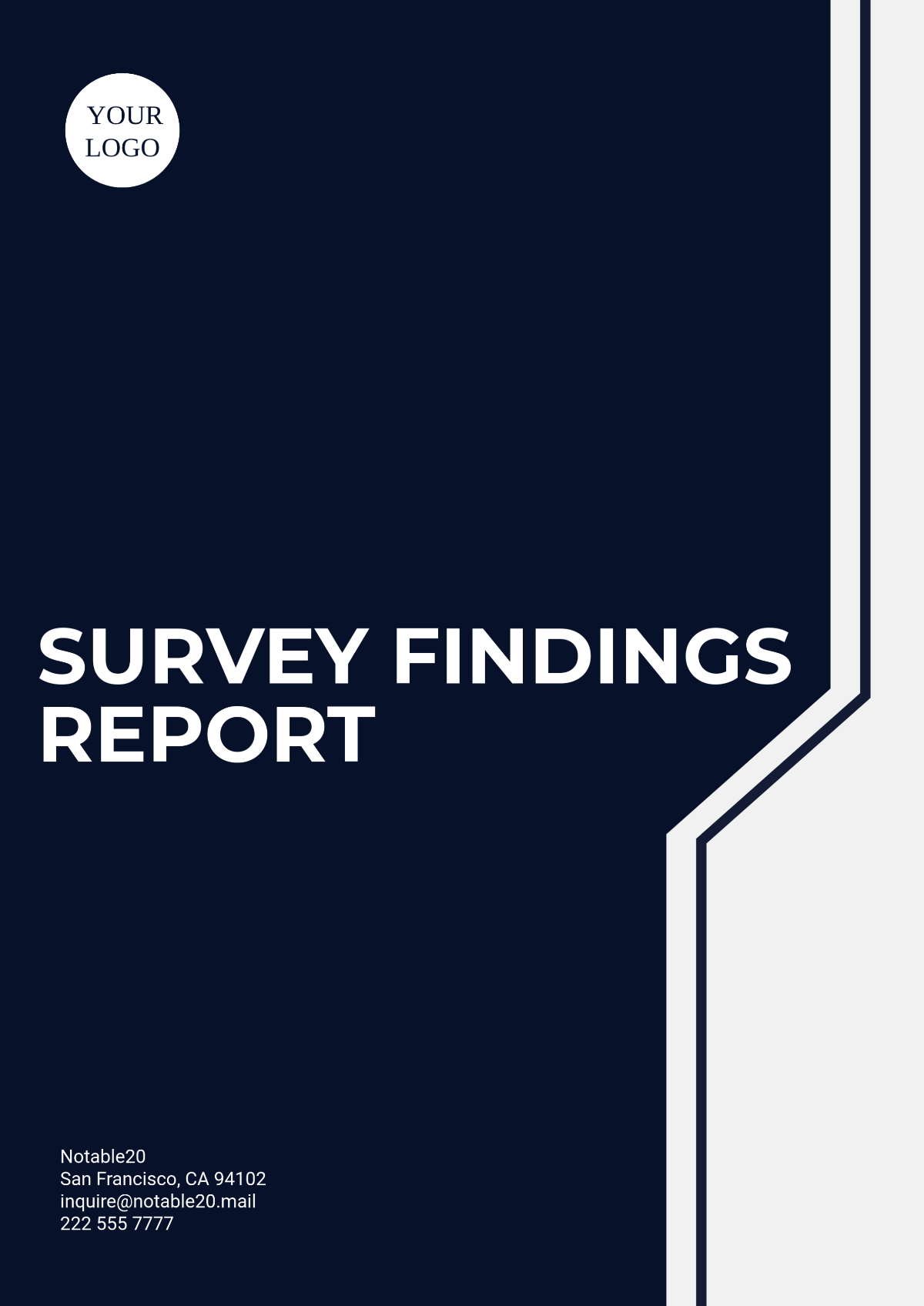Attribute Survey Research Design
I. Introduction
In the realm of social sciences, attribute survey research design plays a pivotal role in gathering and analyzing data about specific characteristics or attributes of a population. This type of research design is essential for drawing meaningful insights and making informed decisions based on empirical evidence.
II. Definition and Purpose
The attribute survey research design is a systematic method used to collect data on particular attributes or characteristics within a chosen sample. The primary purpose of this research is to describe and quantify certain attributes of interest, such as demographic variables, attitudes, behaviors, or experiences.
III. Key Components
Population and Sample: The entire group from which data is to be collected and the specific subset chosen for the actual data collection, respectively.
Variables: These are the attributes or characteristics that the survey seeks to measure.
Survey Instrument: This includes questionnaires, interviews, or other tools used to gather information from respondents.
Data collection is the process of systematically gathering information from the sample using the survey instrument.
Data Analysis: The techniques used to process and interpret the collected data to derive meaningful conclusions.
IV. Steps in Attribute Survey Research Design
The process of conducting an attribute survey involves several critical steps:
Defining Objectives: Clear and concise objectives guide the research process, ensuring the survey addresses relevant questions.
Designing the Survey: This involves developing the survey instrument, determining the sample size, and planning the data collection method.
Sampling: Selecting a representative subset from the population to ensure the results can be generalized.
Data Collection: administering the survey and gathering responses from the selected sample.
Data Analysis: Using statistical or other analysis techniques to interpret the collected data.
Reporting Results: Presenting the findings in a structured format, highlighting key insights and conclusions.
V. Advantages and Disadvantages
Advantages
Enables detailed analysis of specific characteristics.
Facilitates data-driven decision-making.
Flexible and adaptable to various research contexts.
Disadvantages
Can be time-consuming and costly.
Requires careful design to avoid biases.
Potential for low response rates, impacting data quality.
VI. Applications
Attribute survey research design is widely used across various fields, including:
Marketing: To understand consumer preferences and behaviors.
Healthcare: To assess patient satisfaction and healthcare outcomes.
Education: To evaluate student performance and educational experiences.
Public Policy: To gather public opinion on policy measures and initiatives.
VII. Conclusion
Attribute survey research design is a valuable method for collecting and analyzing data about specific characteristics of a population. By following a structured approach, researchers can obtain reliable and valid data that supports informed decision-making. Despite its challenges, the benefits of this research design make it indispensable in various fields.
VIII. References
Smith, J. (2058). Survey Research Design: Best Practices and Techniques. New York: Academic Press.
Jones, L., & Brown, A. (2050). Analyzing survey data for the social sciences. London: Sage Publications.
Williams, R. (2059). Principles of Survey Research Methodology. Boston: Houghton Mifflin Harcourt.

